Samsung has built a line Galaxy And as a popular line of premium mid-range phones. In this article, we will not cover every A-series phone, instead we will try to look at the more interesting models that have gained quite a lot of popularity among users.
Let us recall, for example, the Samsung model Galaxy A7. At just 6,3mm thick, it was thinner than the Alpha model (6,7mm). Thanks to its metal frame and 5,5″ Super AMOLED display with 1080p resolution, it stood out among the mainstream mid-rangers, and was often touted as an affordable alternative to Galaxy Note4 for those who didn't need a stylus. Nevertheless, it became Samsung's thinnest smartphone in its time Galaxy A8 – its thickness was only 5,9 mm. It had a large 5,7″ Super AMOLED display, the same size as at the time Galaxy Note, and yet its thin metal frame was relatively light. It may have lacked the S Pen, but it was more affordable than the Galaxy Note5 and had a microSD slot, which the Note5 lacked.
In the following year, another rung was added to the A series ranking, Galaxy A9 (2016). It was the largest premium smartphone that Samsung had produced up to that time – its huge 6,0″ display eclipsed even the Galaxy Note5 (5,7″). There was also a Pro model that upgraded the camera from 13 to 16 Mpx and the battery from 4 mAh to 000 mAh. Both versions were powered by the Snapdragon 5, which was one of the first chipsets with a powerful Cortex-A000 processor core. Samsung Galaxy The A7 (2016) had to make do with reusing the Snapdragon 615 chipset from the 2015 model, although the Exynos versions got a different chip. Samsung had with the model Galaxy The A7 from 2016 aims to eclipse the extremely popular group of 5,5″ phones from Chinese brands that have been taking market share away from it. Some specifics of this model also correspond to this.
You could be interested in
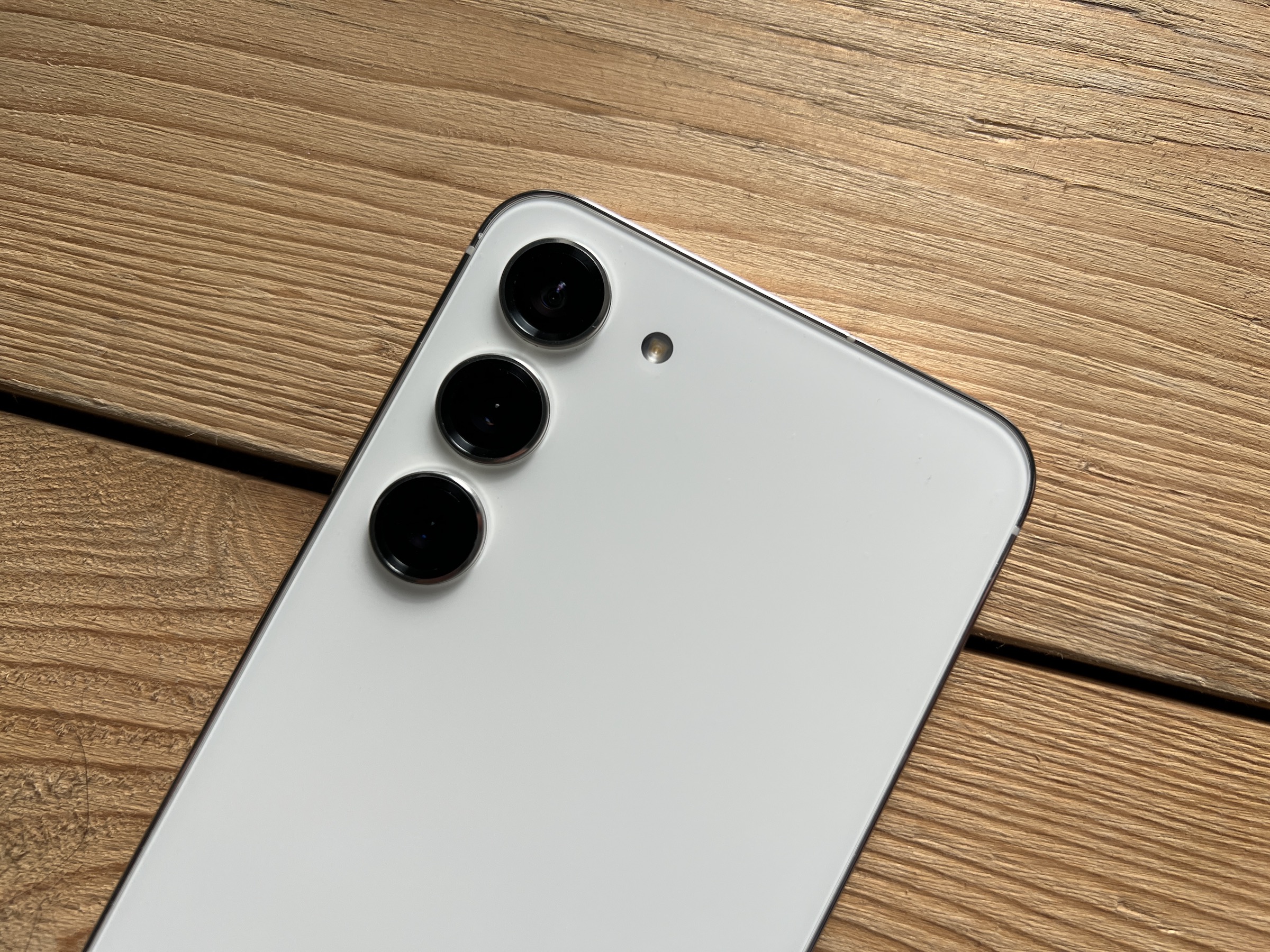
Galaxy However, the A8 (2016) was closer to a high-end device. It was fitted with an Exynos 7420 chipset, had a large 5,7″ Super AMOLED display like the original A8, but other than the chipset, the improvements were quite small. Galaxy The A7, which arrived in 2017, was so tall that it took your breath away. It had a 5,7″ Super AMOLED display and an Exynos 7880 chipset. And while that might sound like an upgrade over the 7420, it's not. It only had Cortex-A53 cores, so it was not a suitable replacement for the A8 (2016).
That brings us to the 2018 lineup, which saw several camera firsts. Galaxy The A9 (2018) was the world's first phone with four cameras on the back: 24MP wide-angle, 8MP ultra-wide, 10MP 2x telephoto and 5MP depth sensor.
Galaxy The A7 dropped the telephoto lens in 2018, but a triple camera on a mid-range model was still quite rare back then. This model would also be equipped with the Exynos 7885 chipset – despite the model number, which is only 7 points away from the A2017 (5) chipset, this one contained a pair of powerful Cortex-A73 cores and an upgraded next-generation Mali-G71 graphics processor. It was a chipset that was much more suited to a high-end phone.
You could be interested in
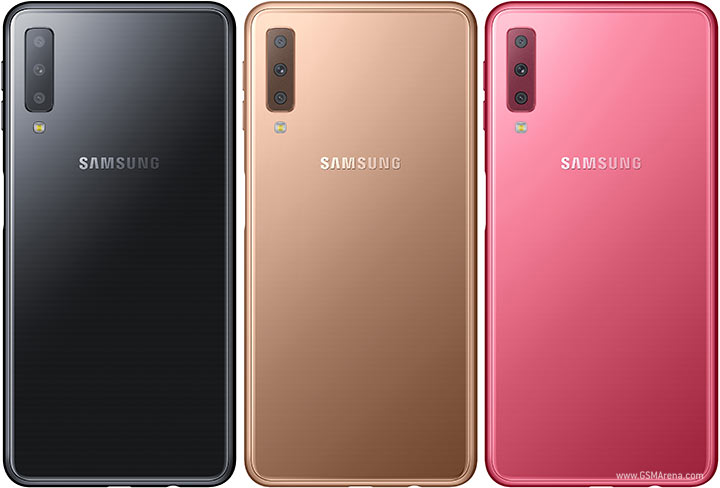
The following is one of the more unique additions to the line Galaxy AT - Galaxy A80 from early 2019. It's the only Samsung to use a flip-up camera so far. The flip-up mechanism was the dominant feature of Samsung's first 48MP camera, which was joined by an 8MP ultrawide camera and a 3D ToF sensor. The Super AMOLED panel with a diagonal of 6,7" was called the New Infinity Display, and it lacked a cut-out or a hole in its upper part. It was also one of the first Samsungs to support 25W fast charging (the battery had a capacity of 3 mAh).
In conclusion, we cannot fail to mention Samsung Galaxy A90 5G. It was the first A-phone with 5G connectivity, and was powered by the Snapdragon 855. Which of the range of smartphones Galaxy And was he among the most successful in your opinion?
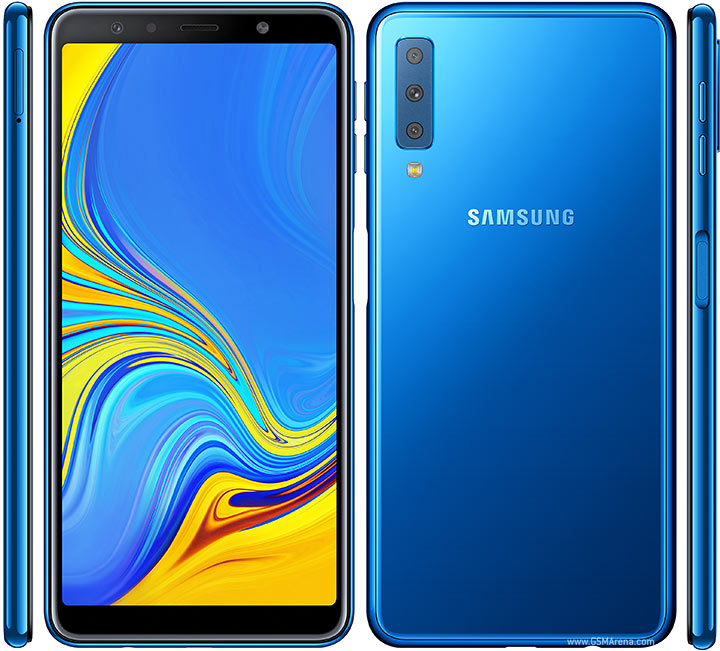
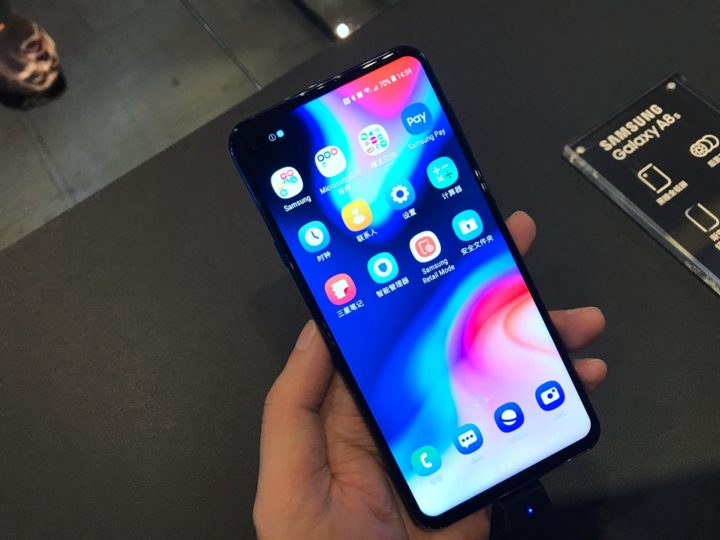
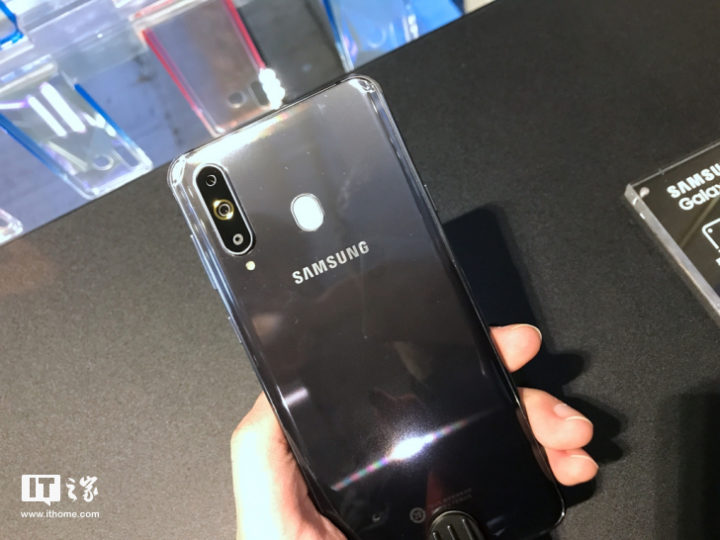

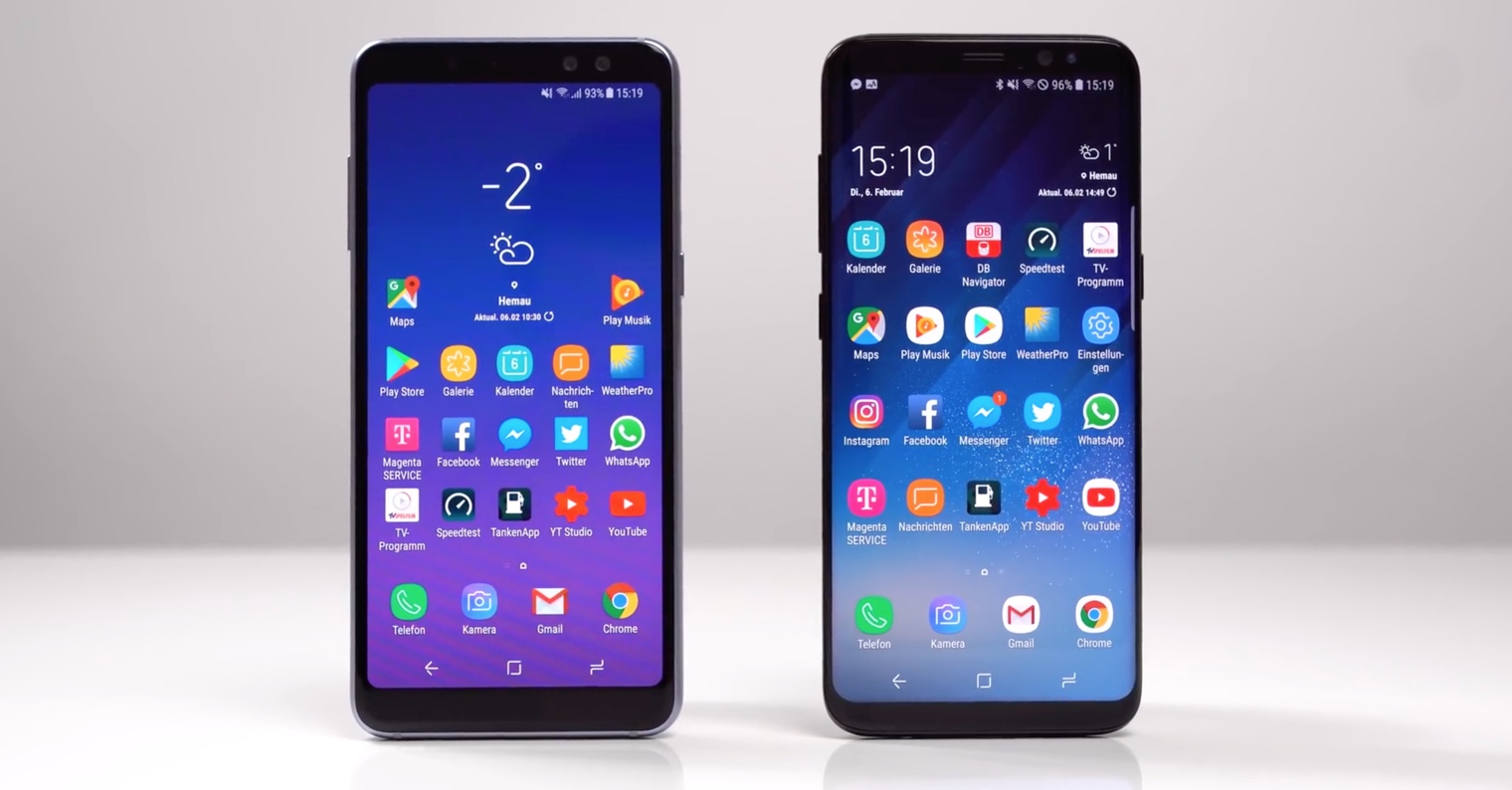
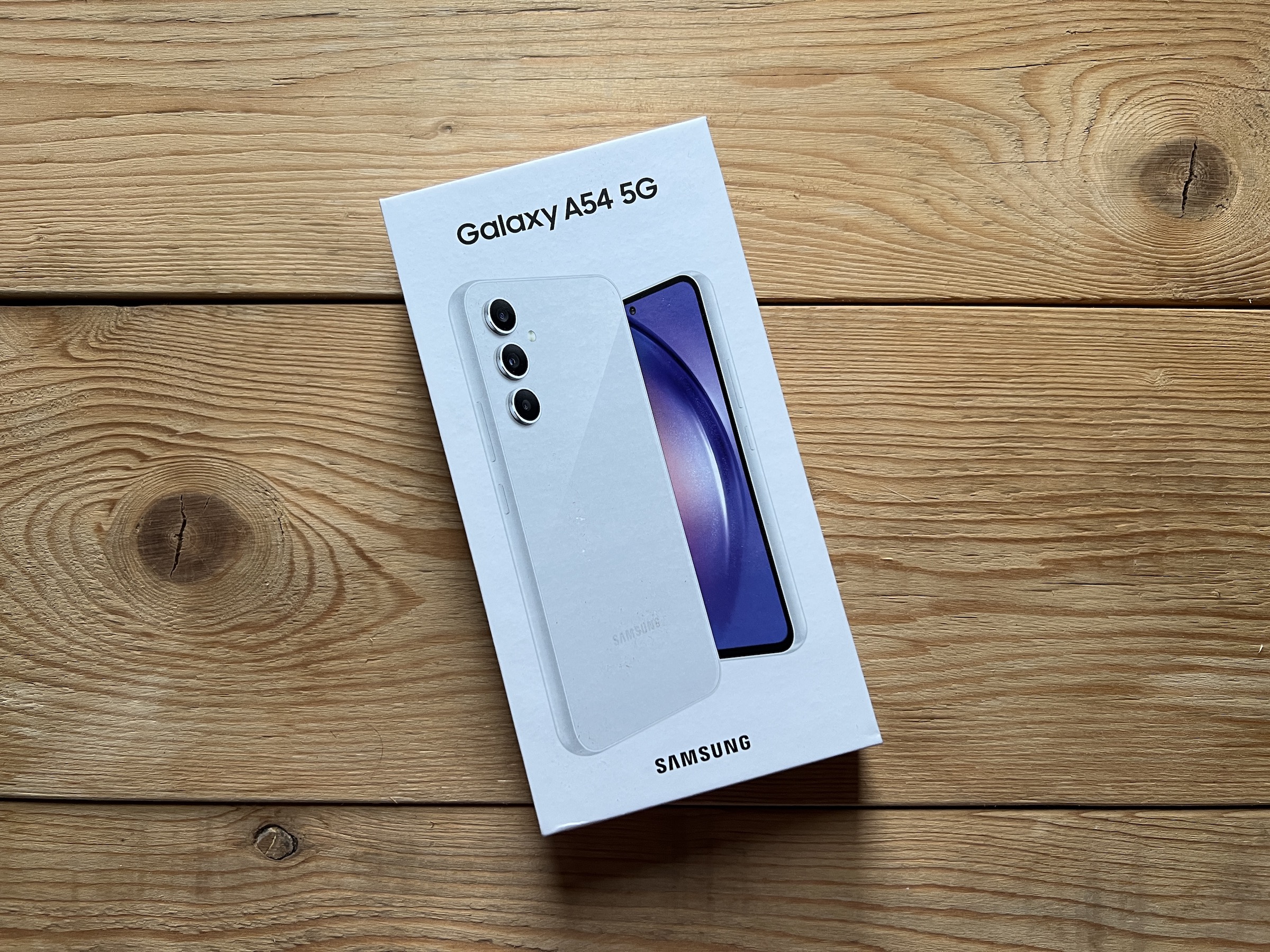

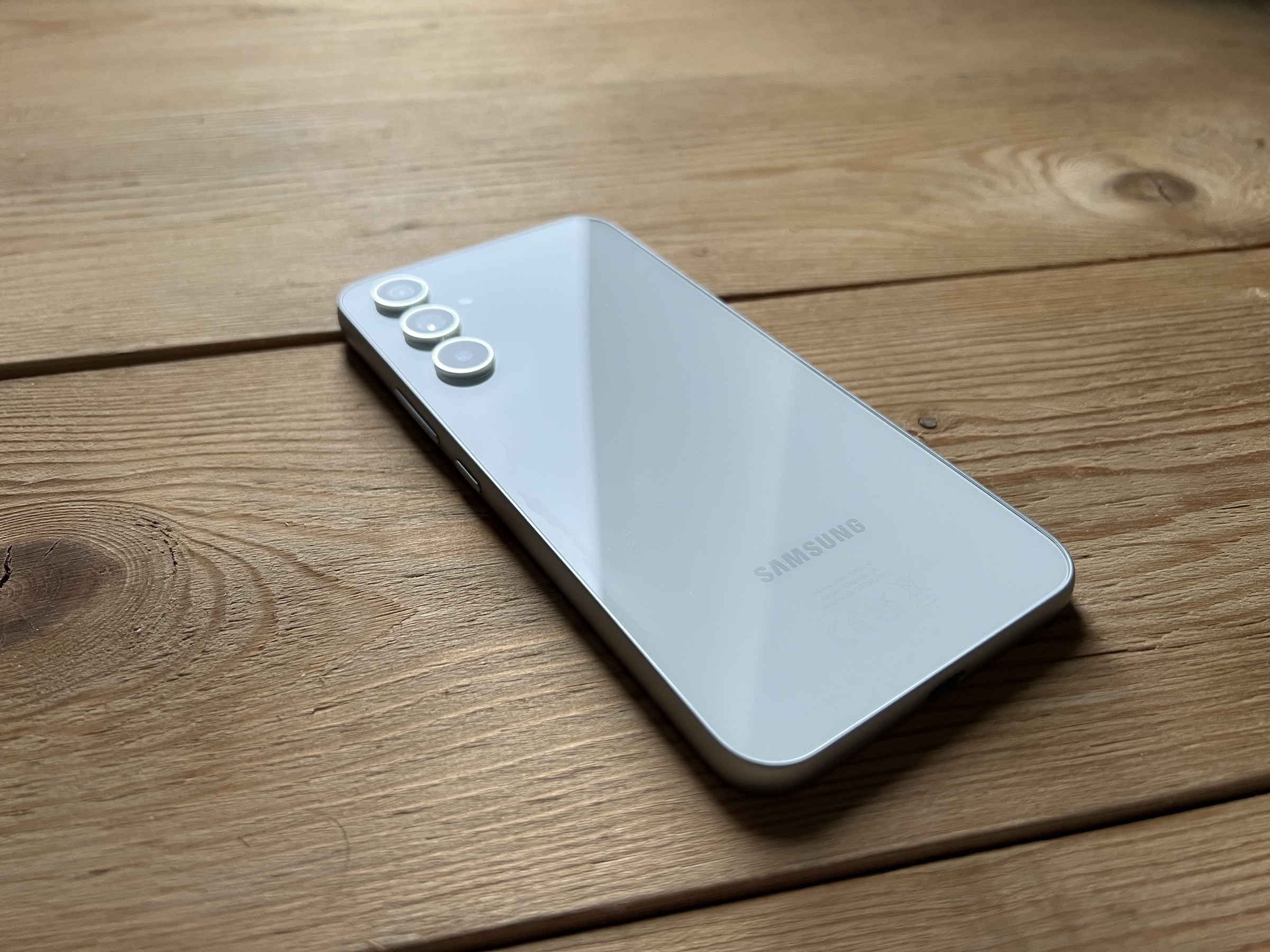
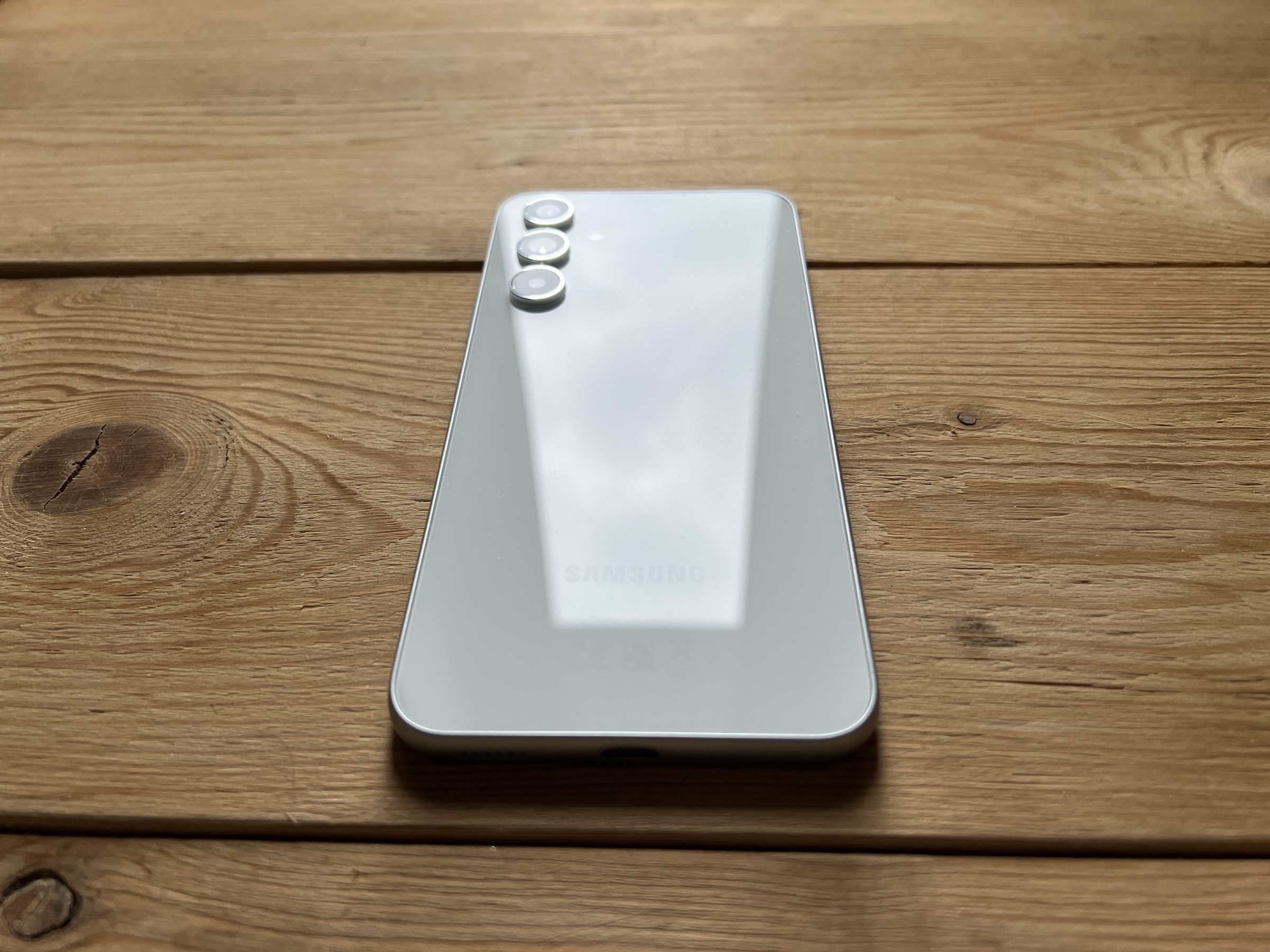
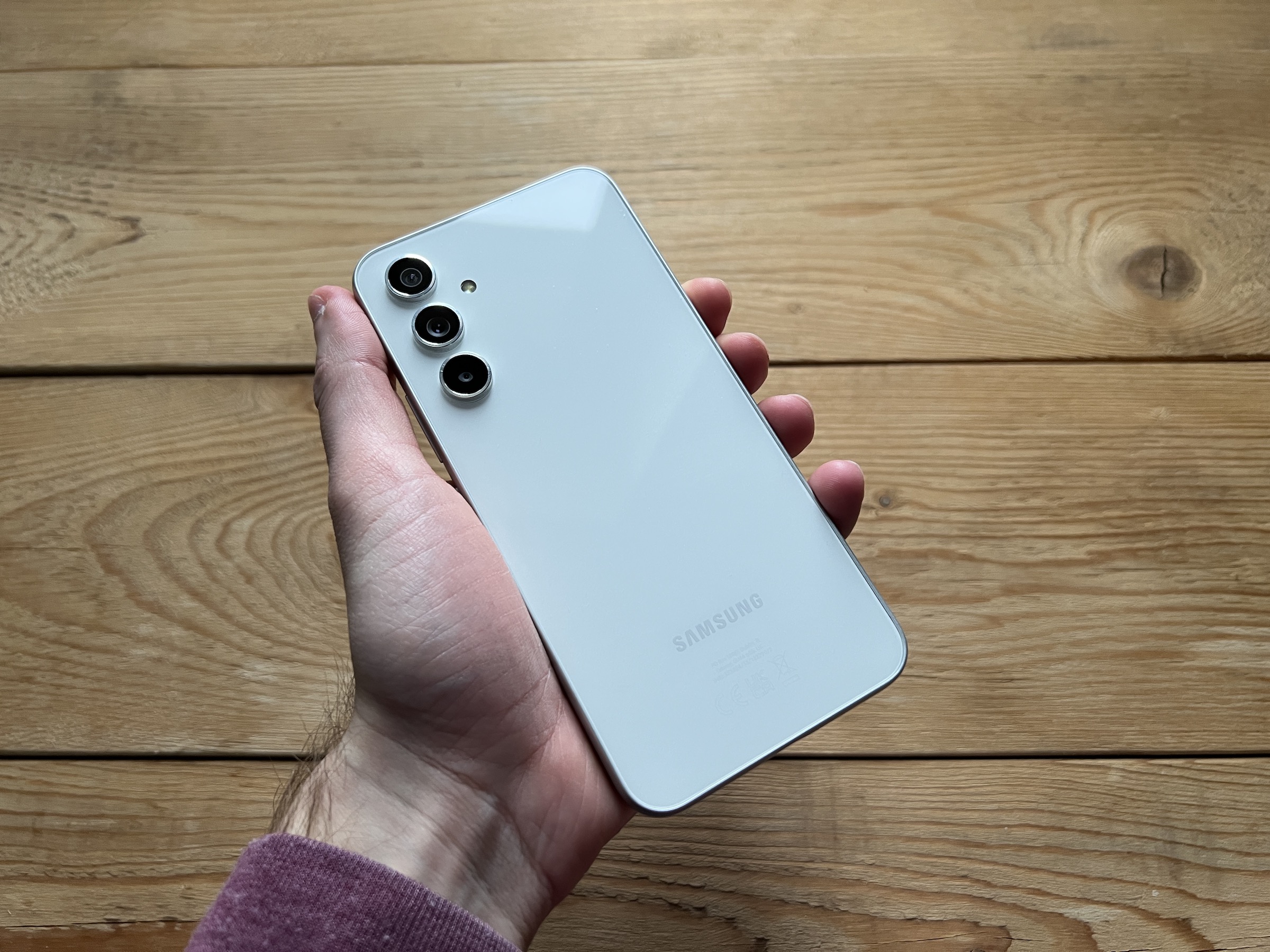

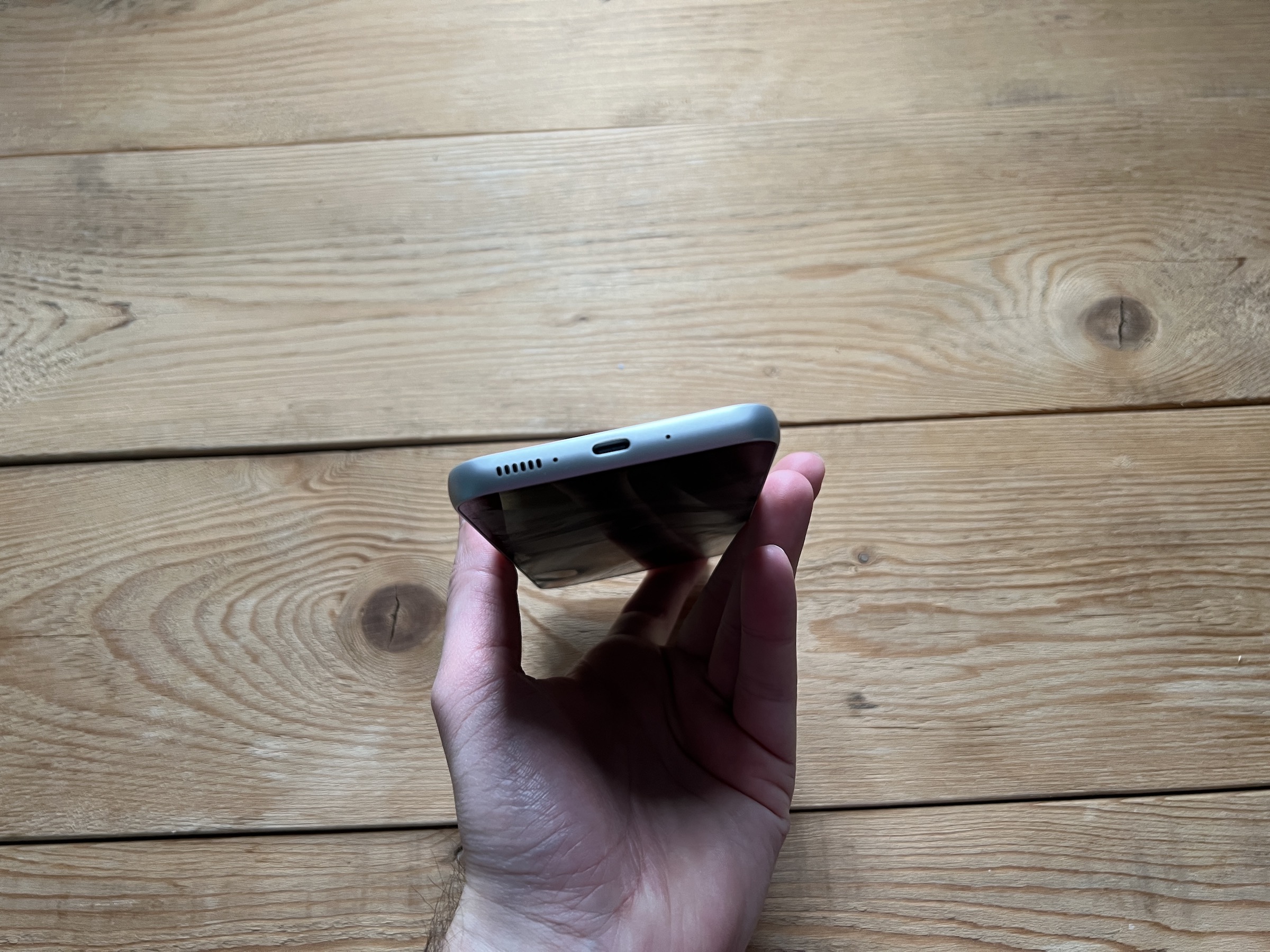

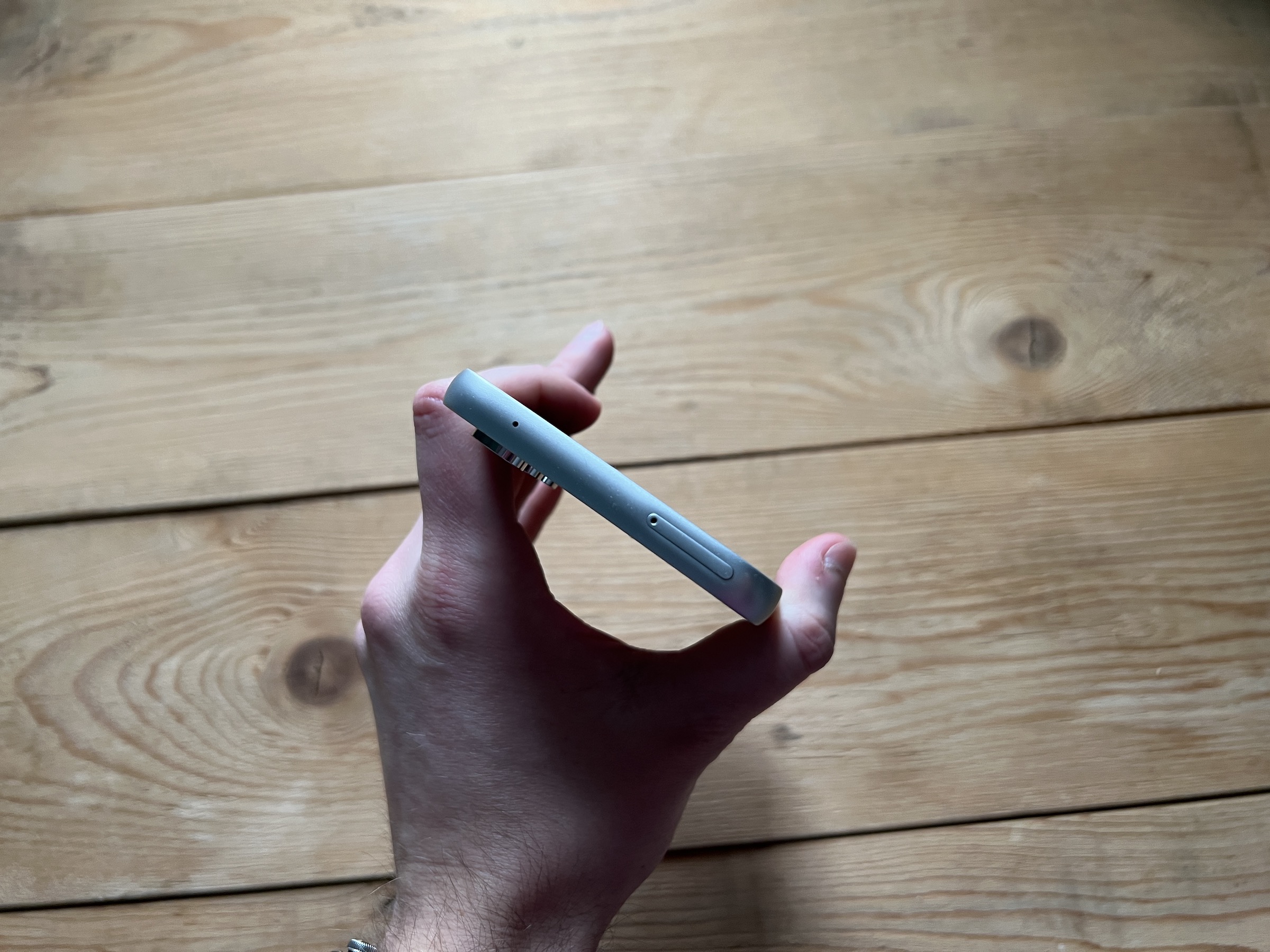
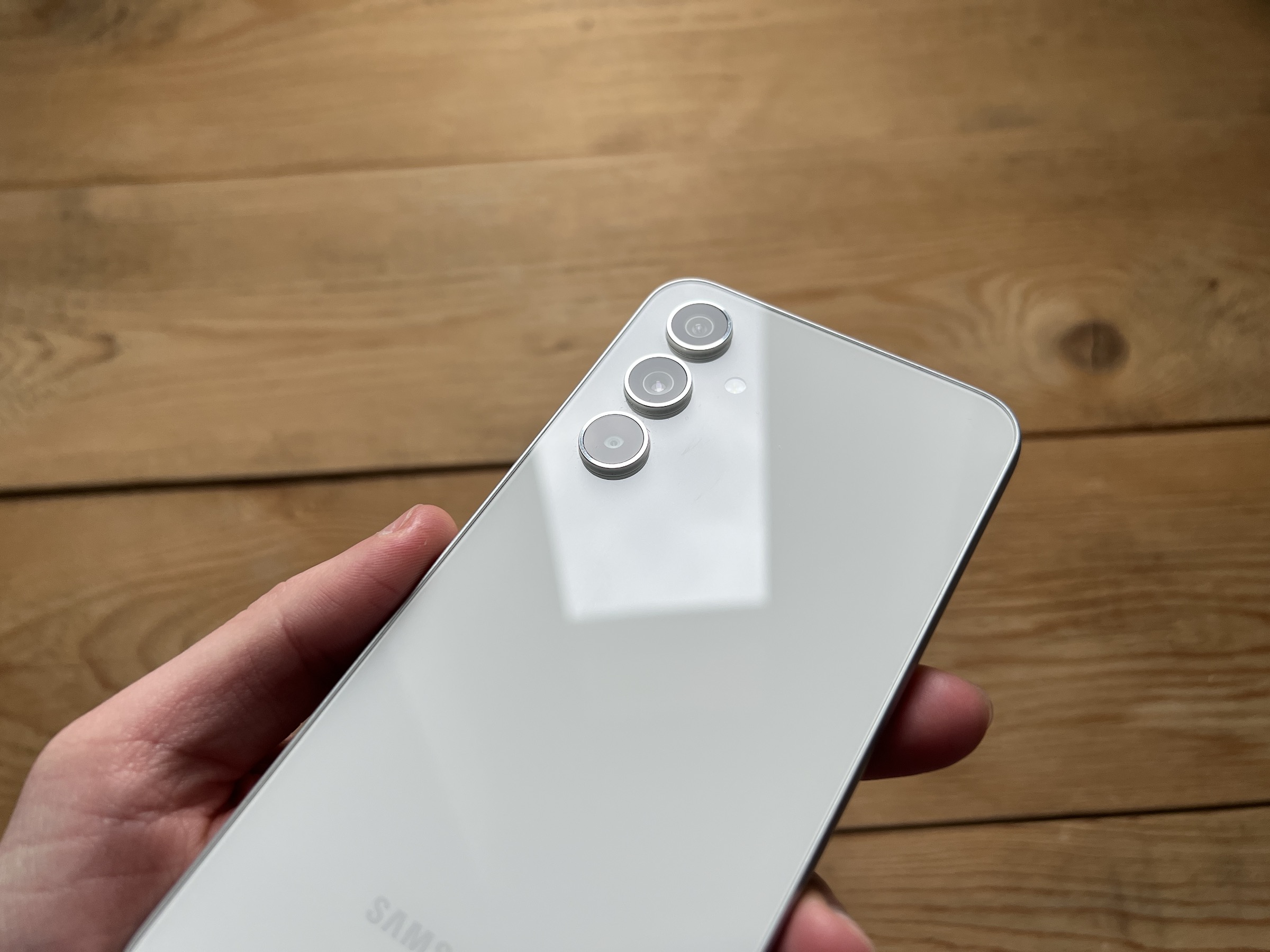
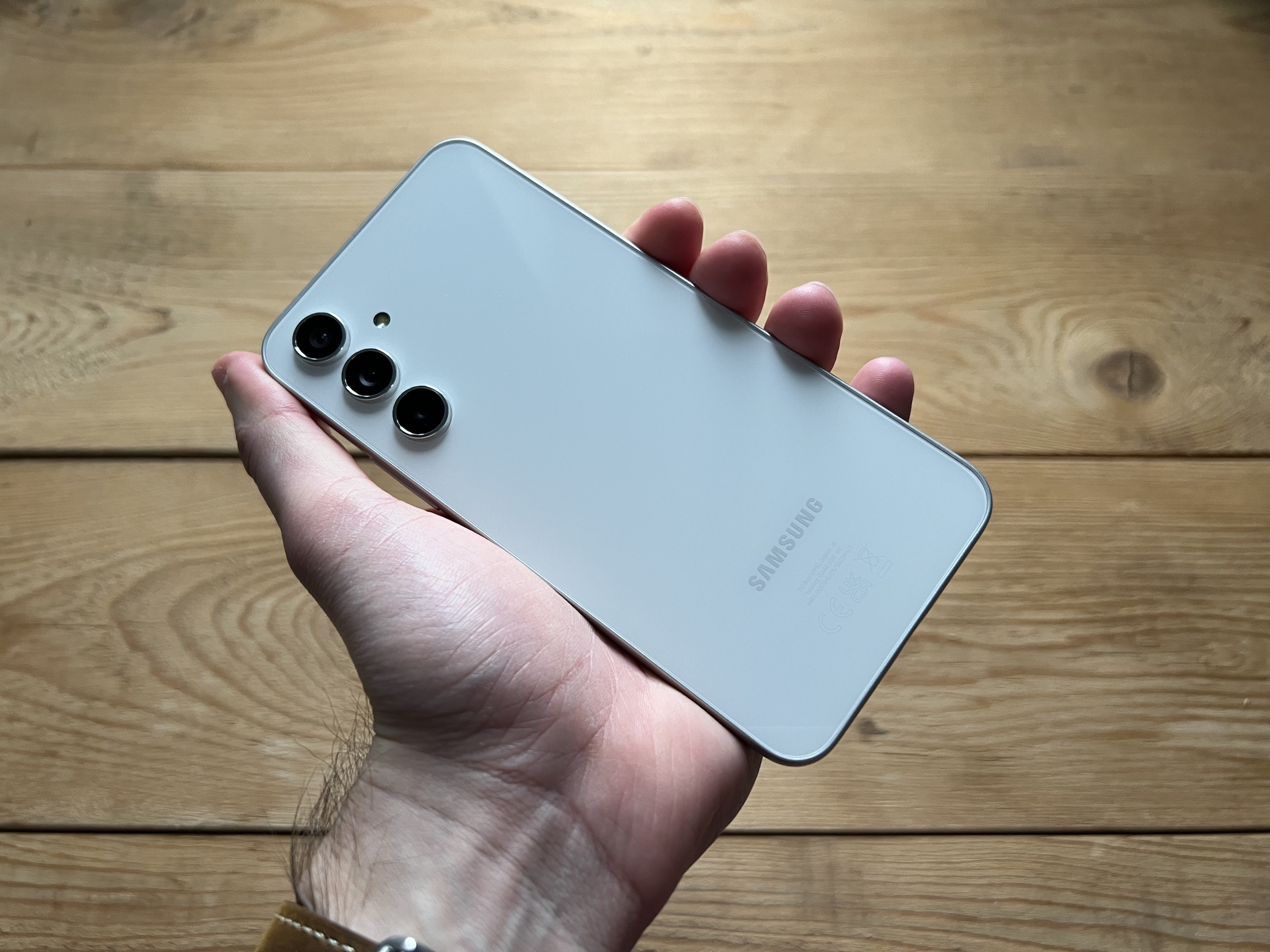
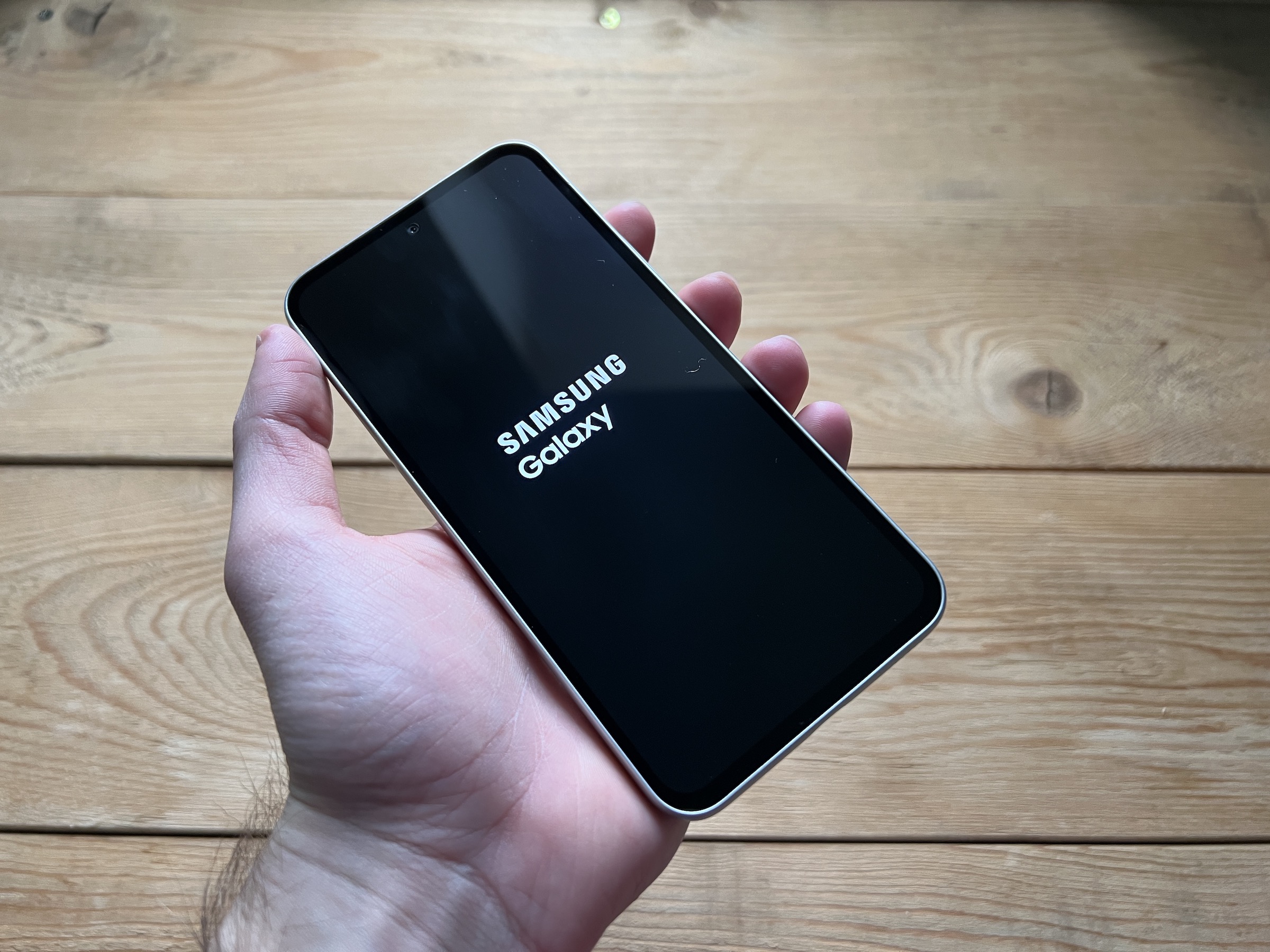
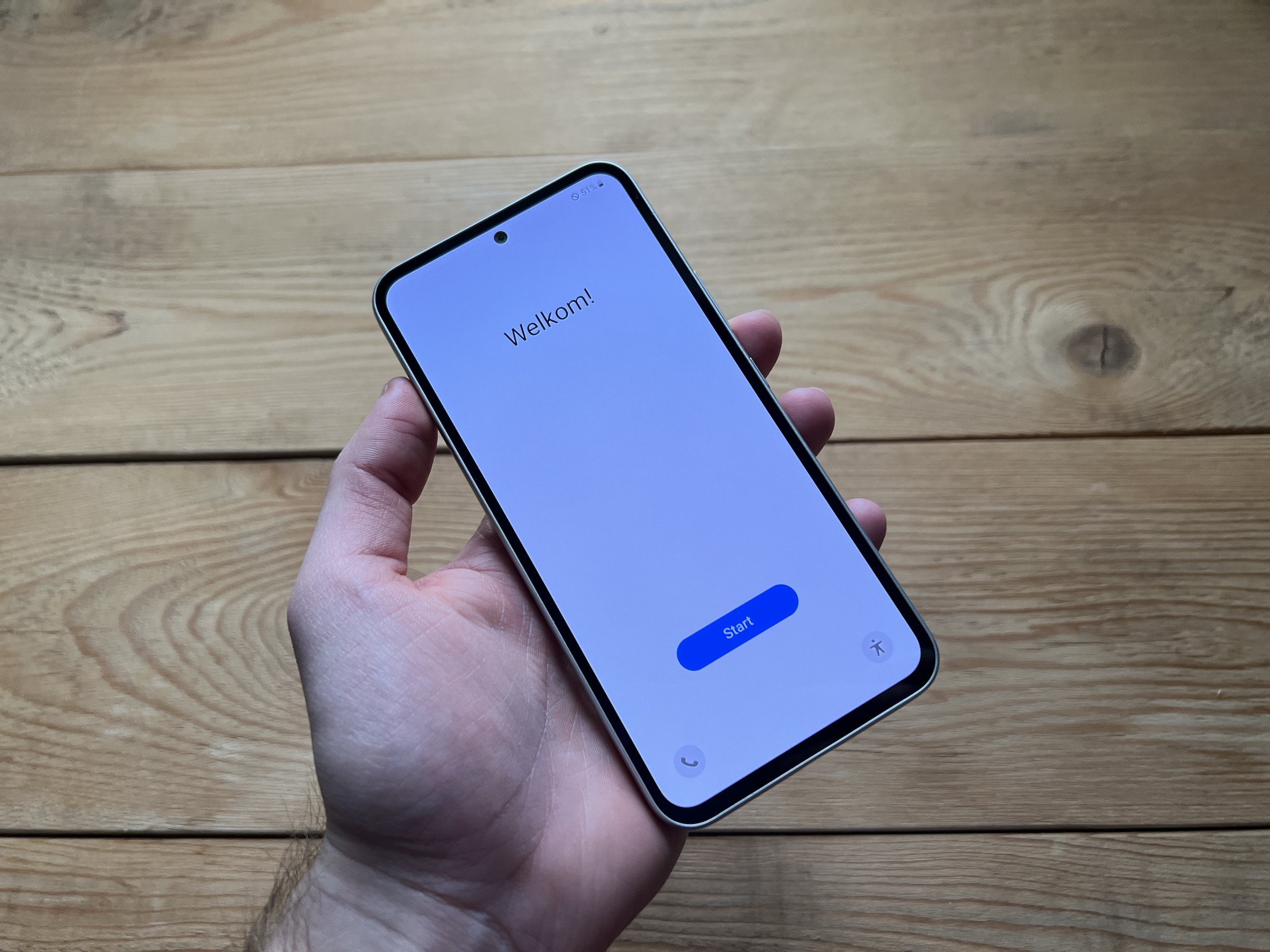
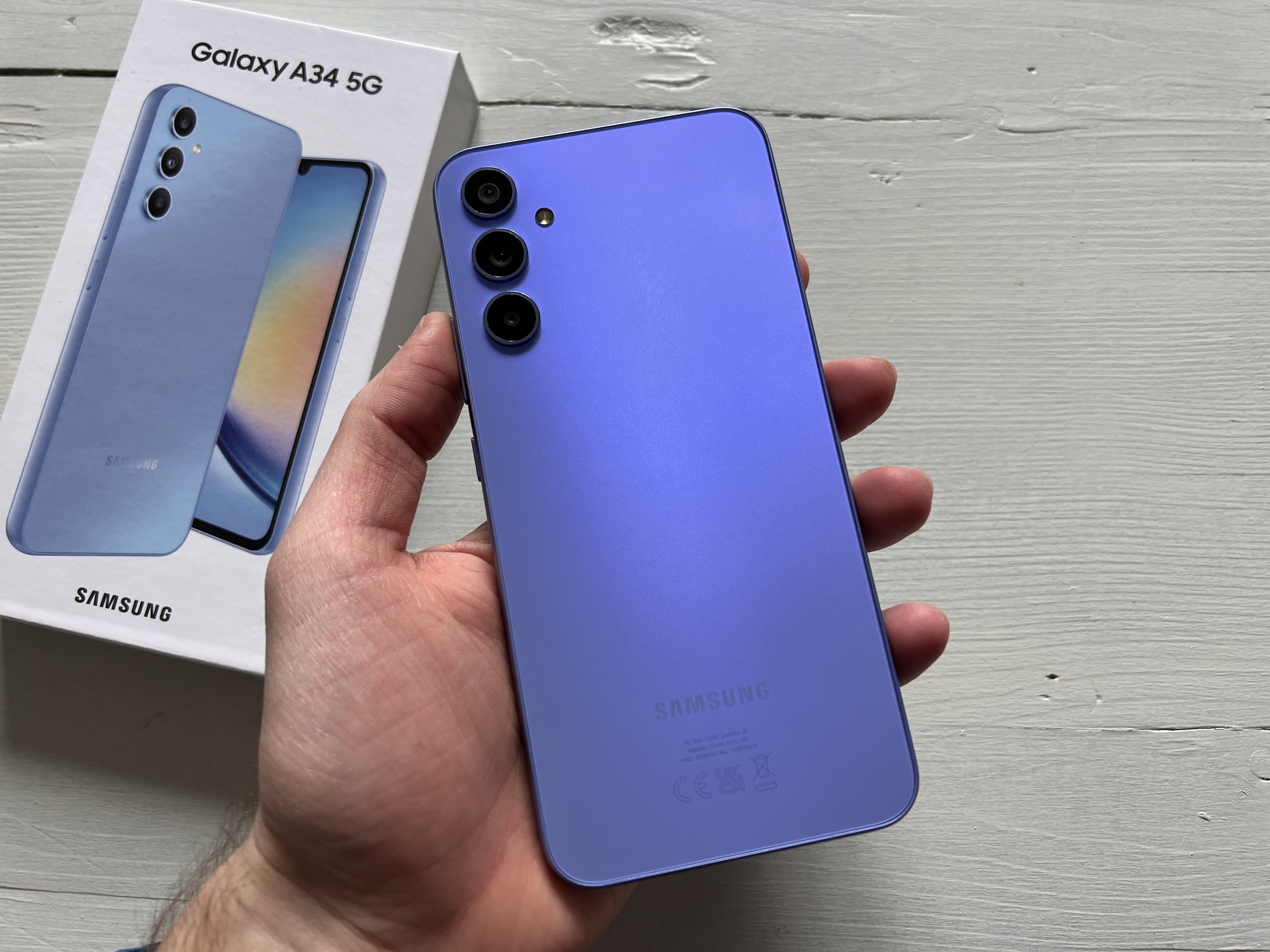
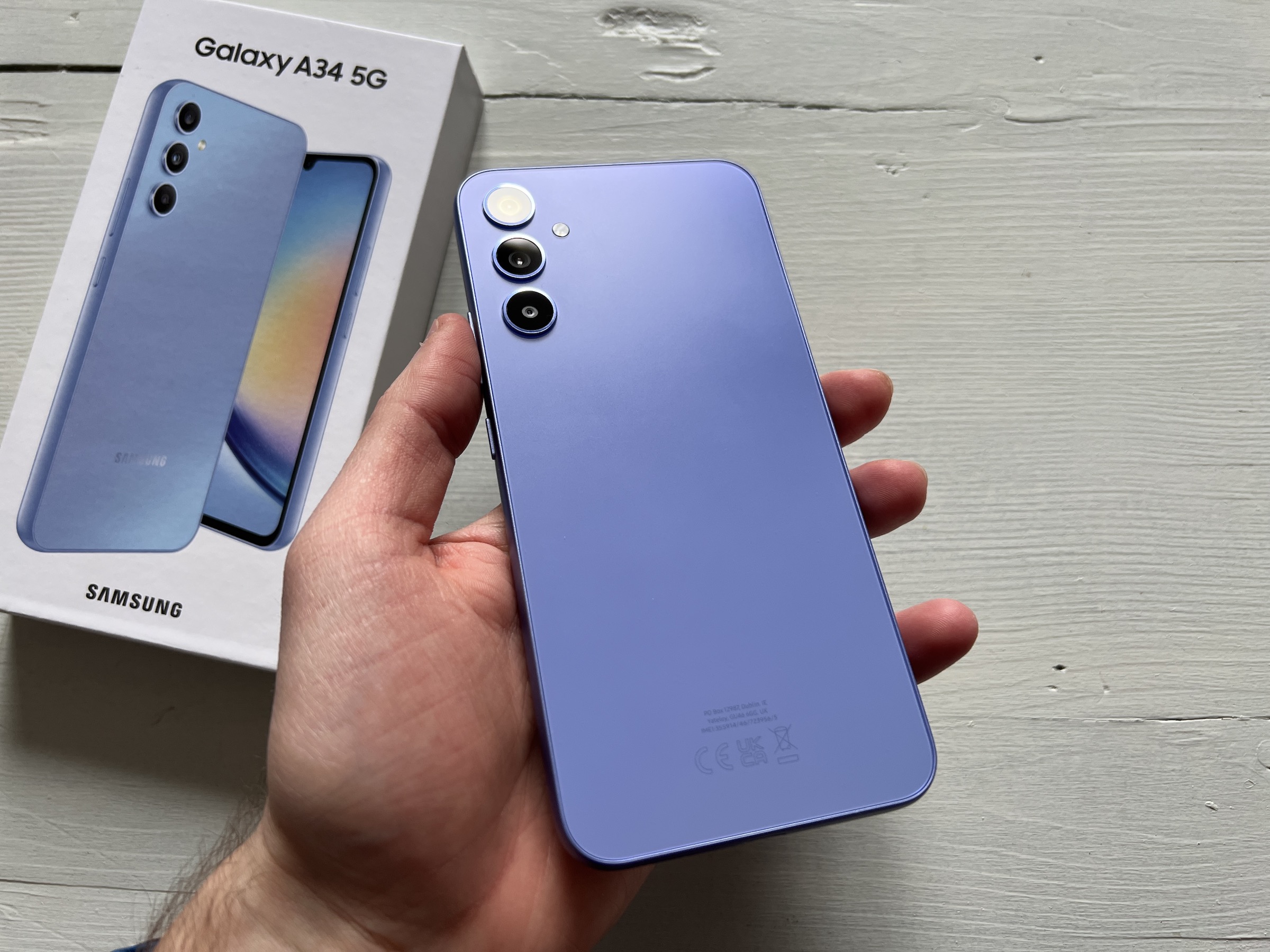
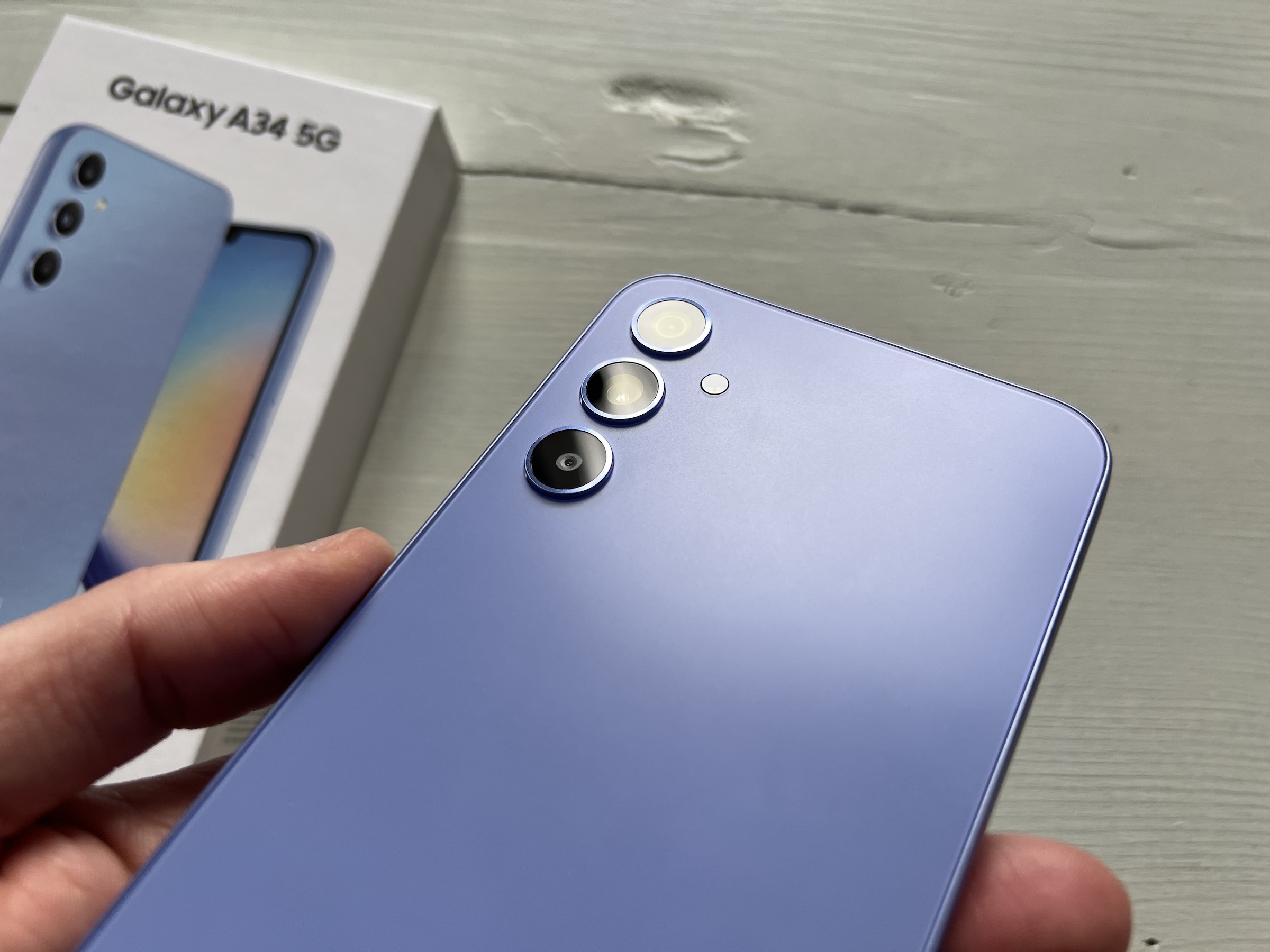
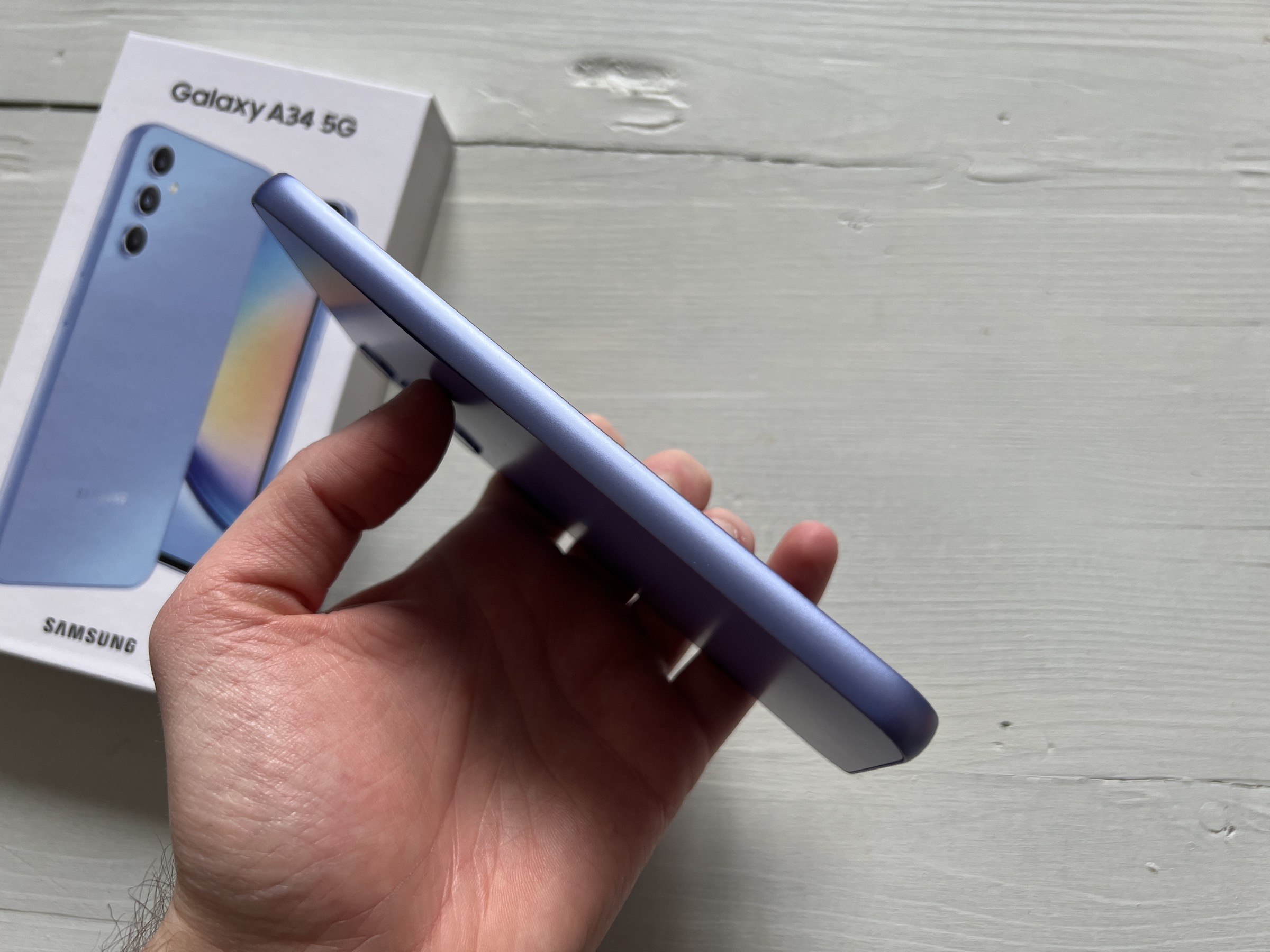

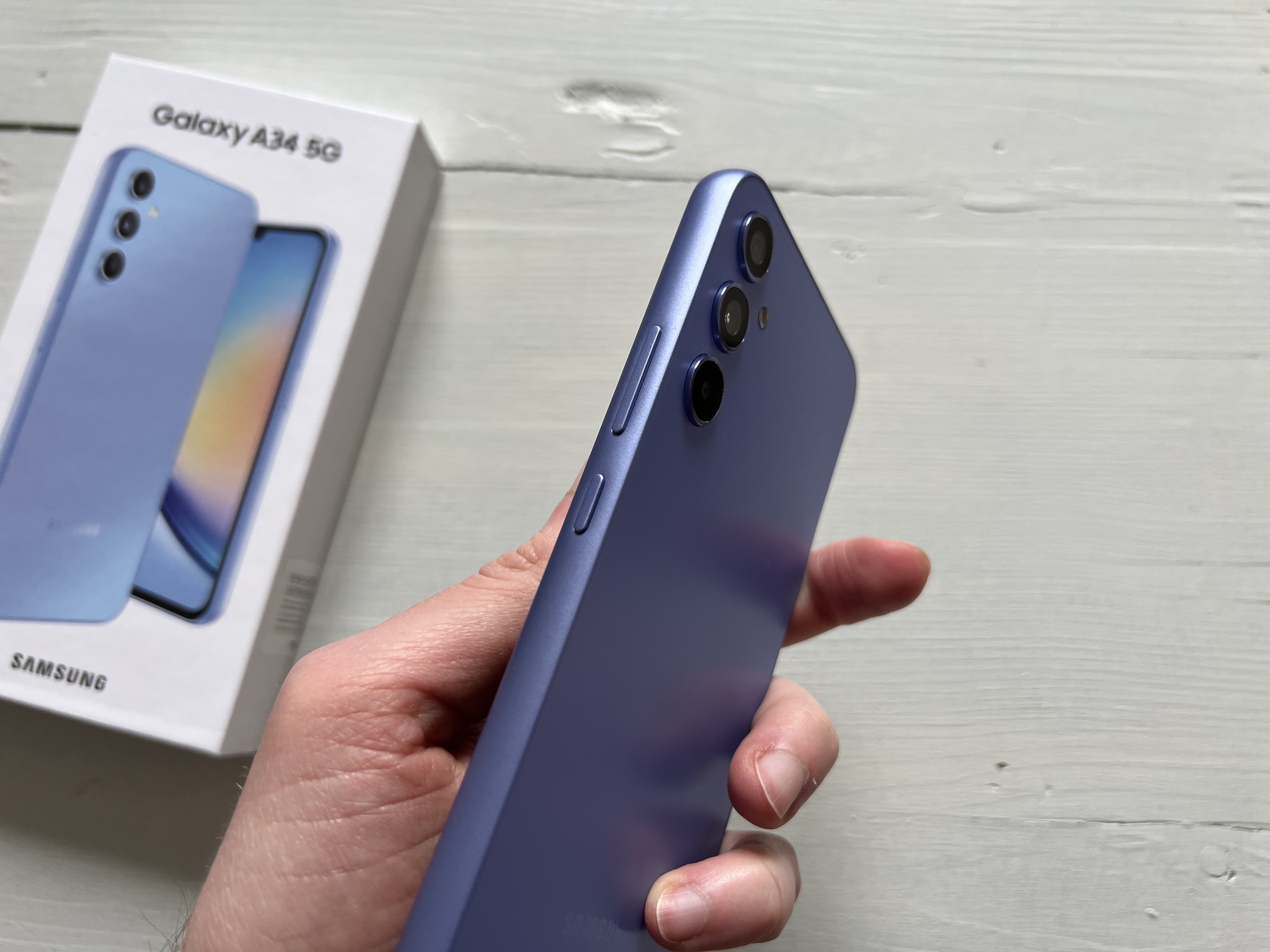
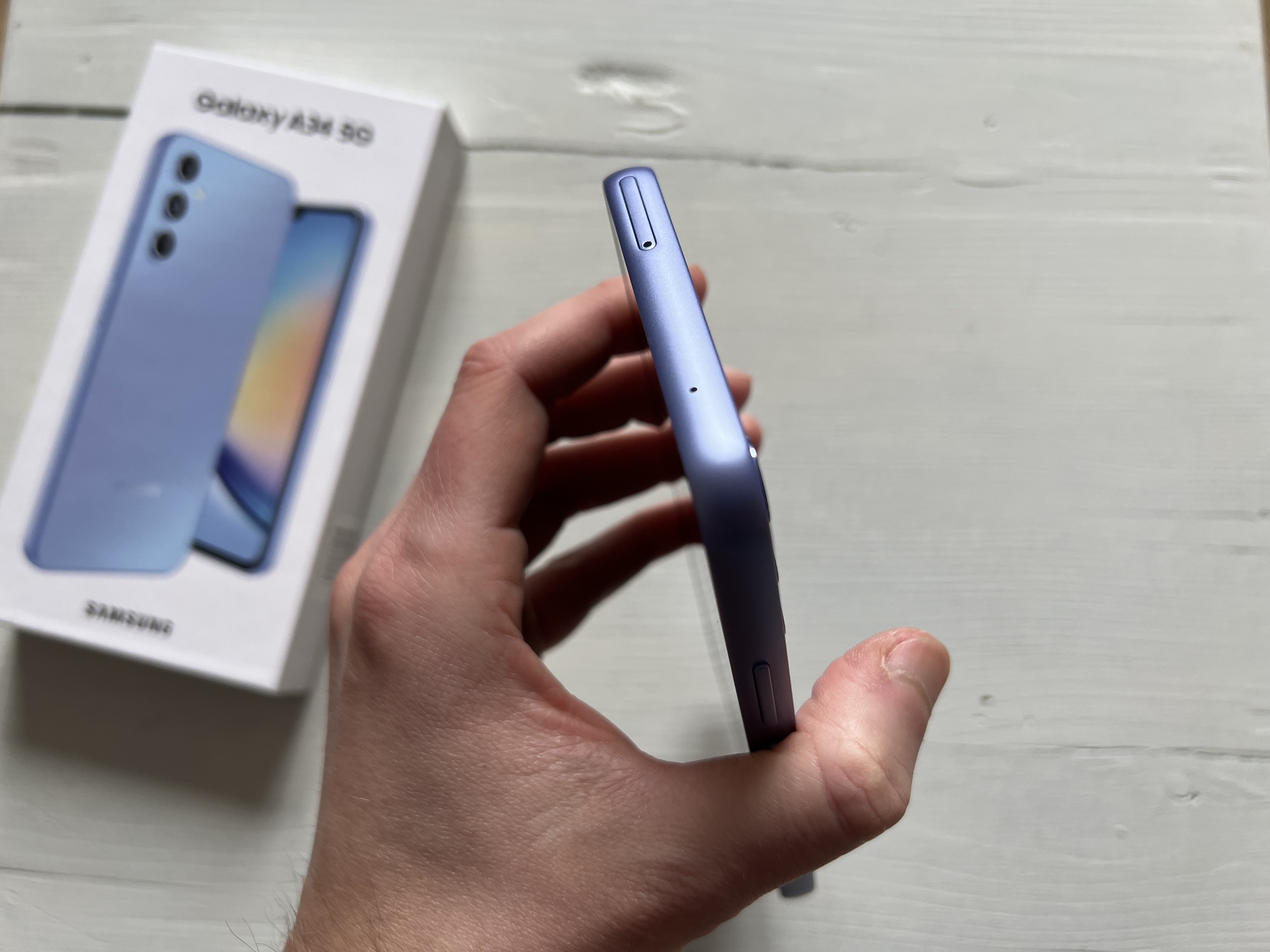
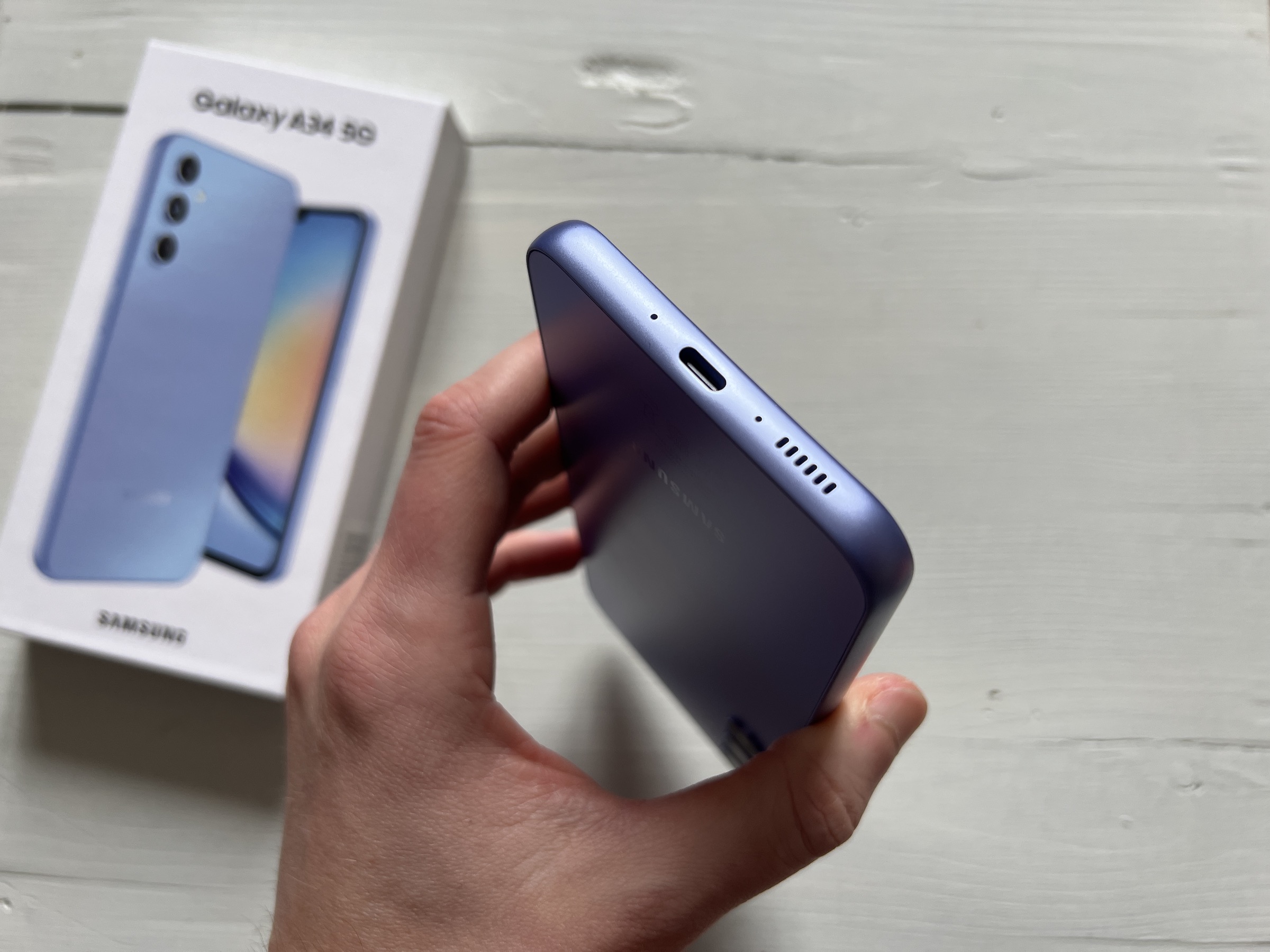
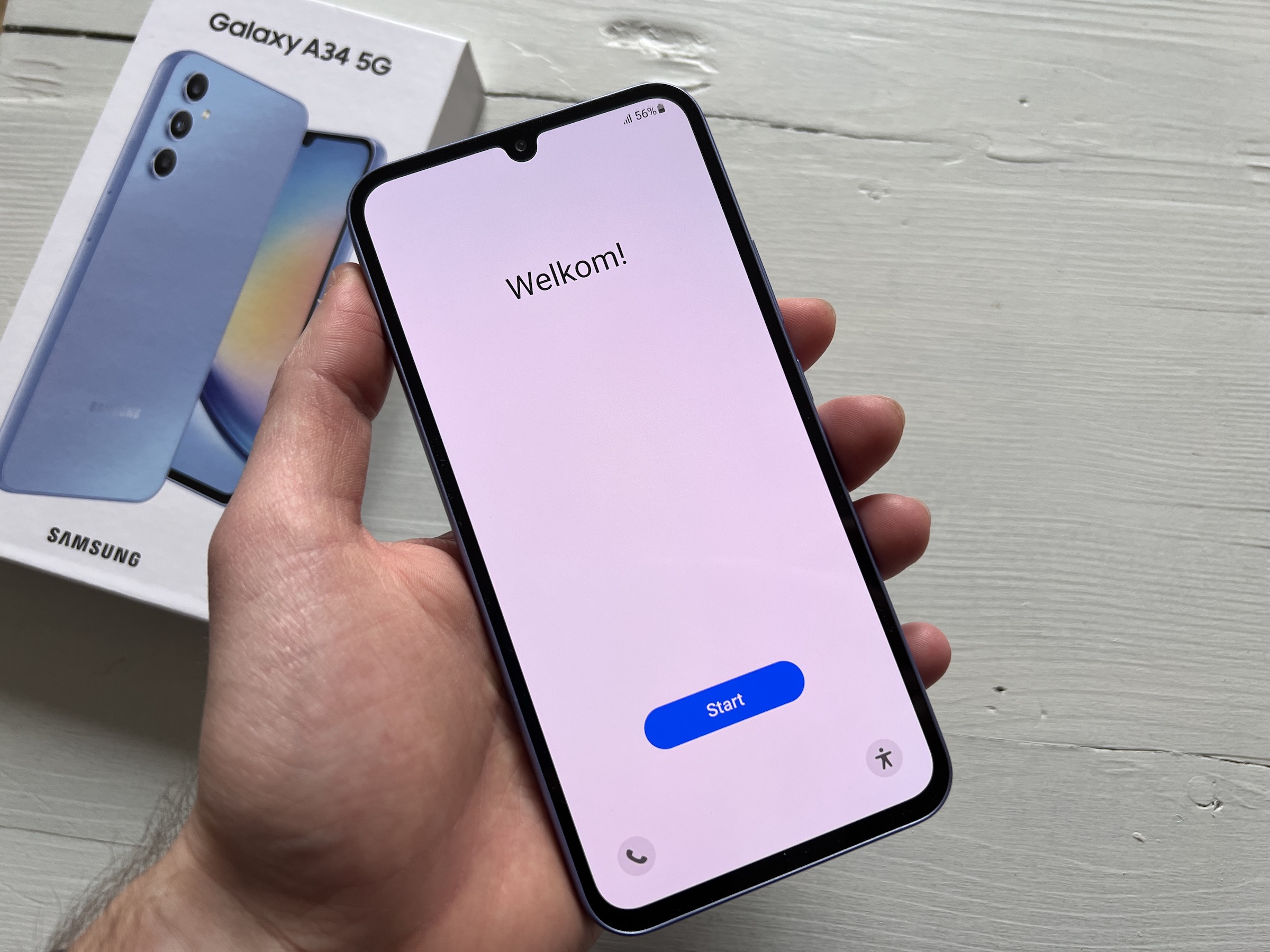
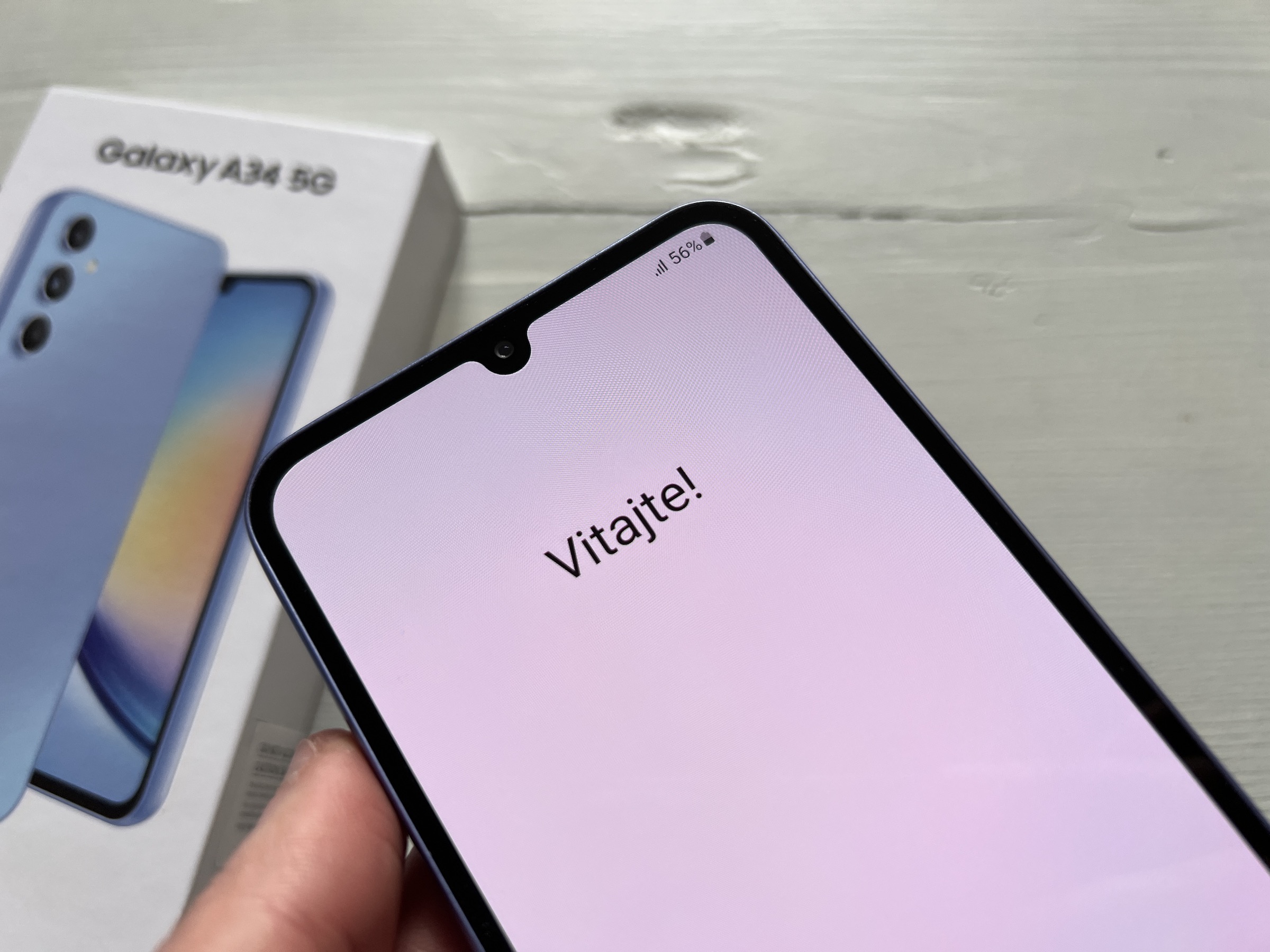
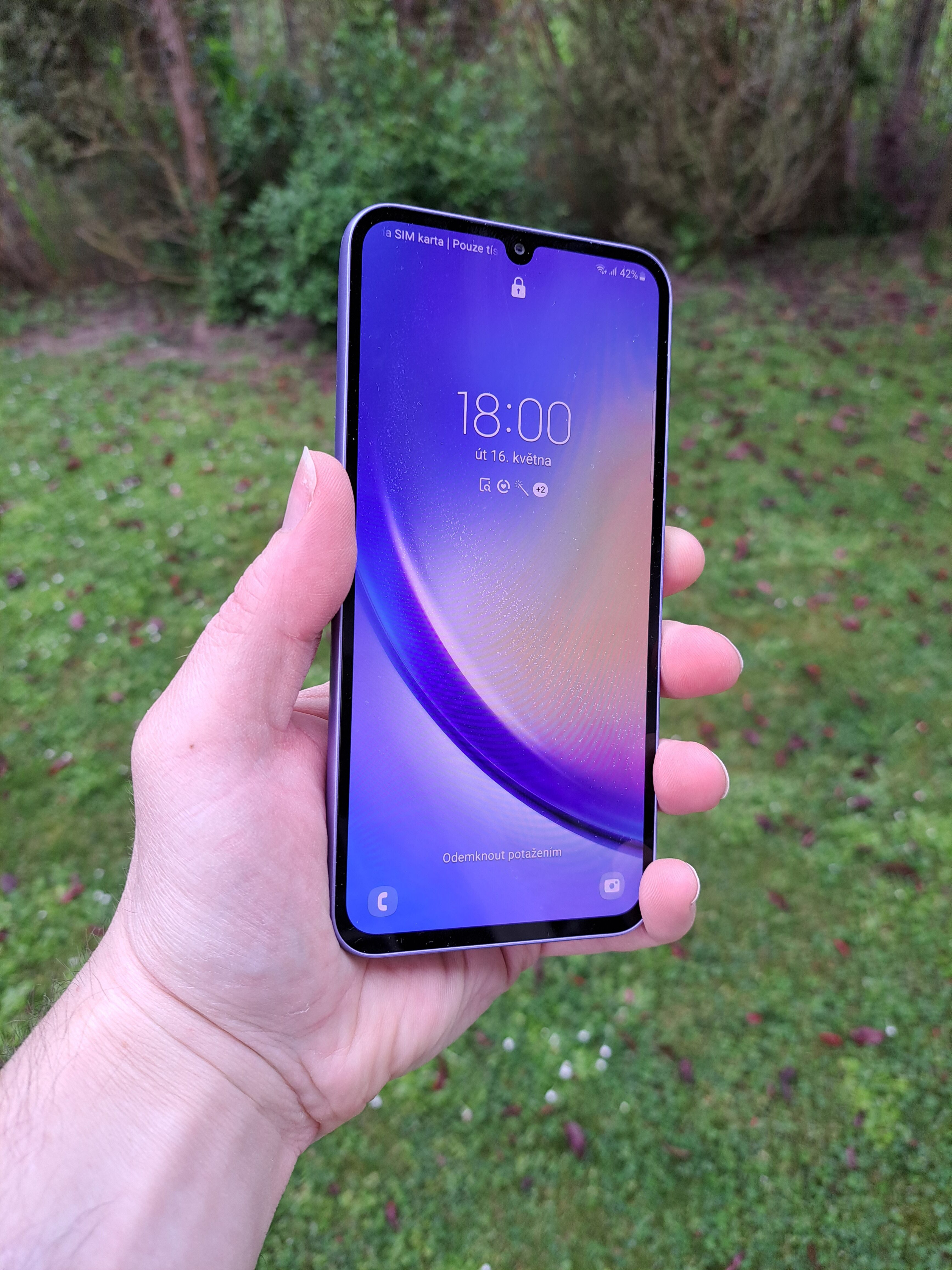
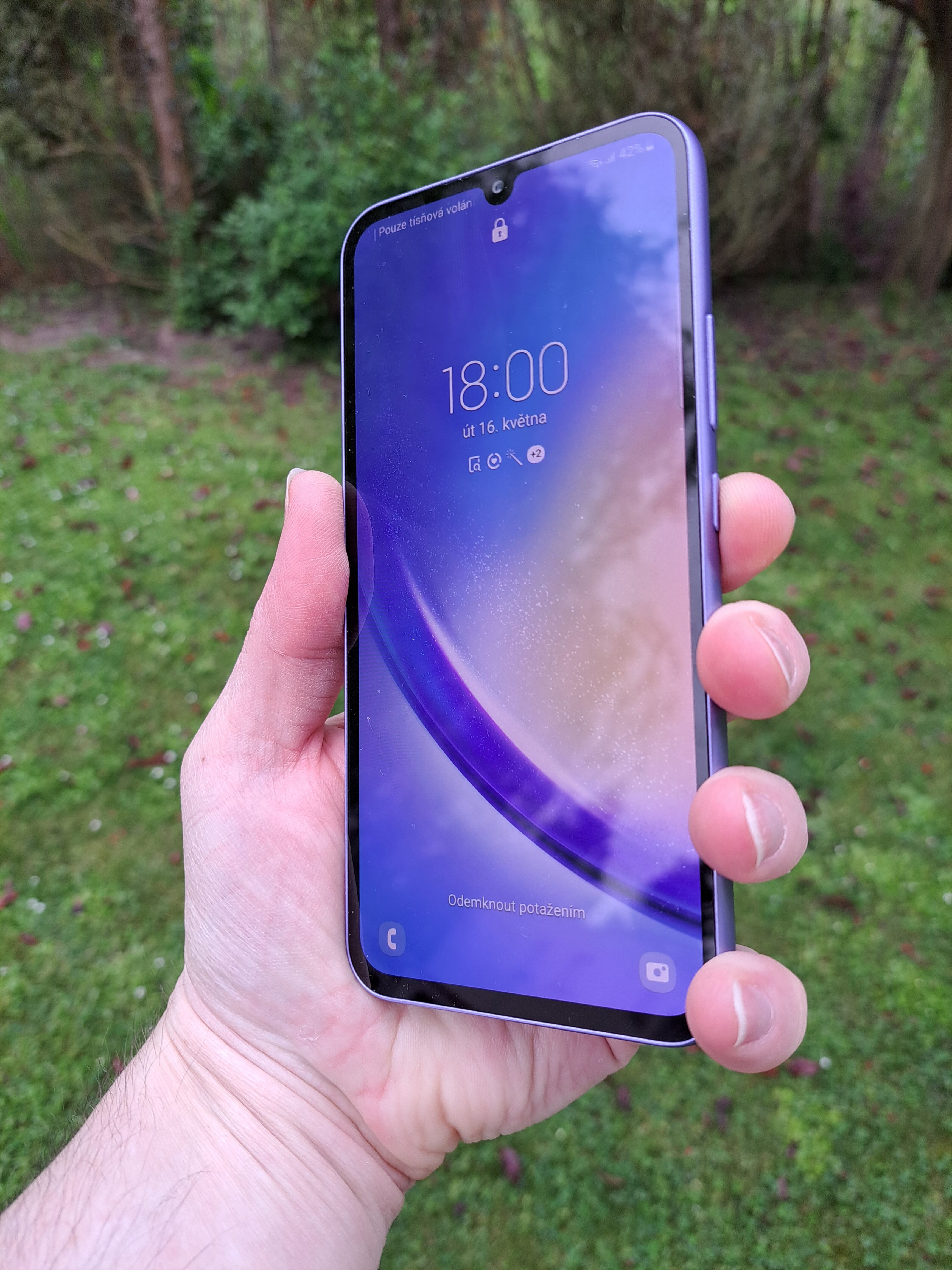
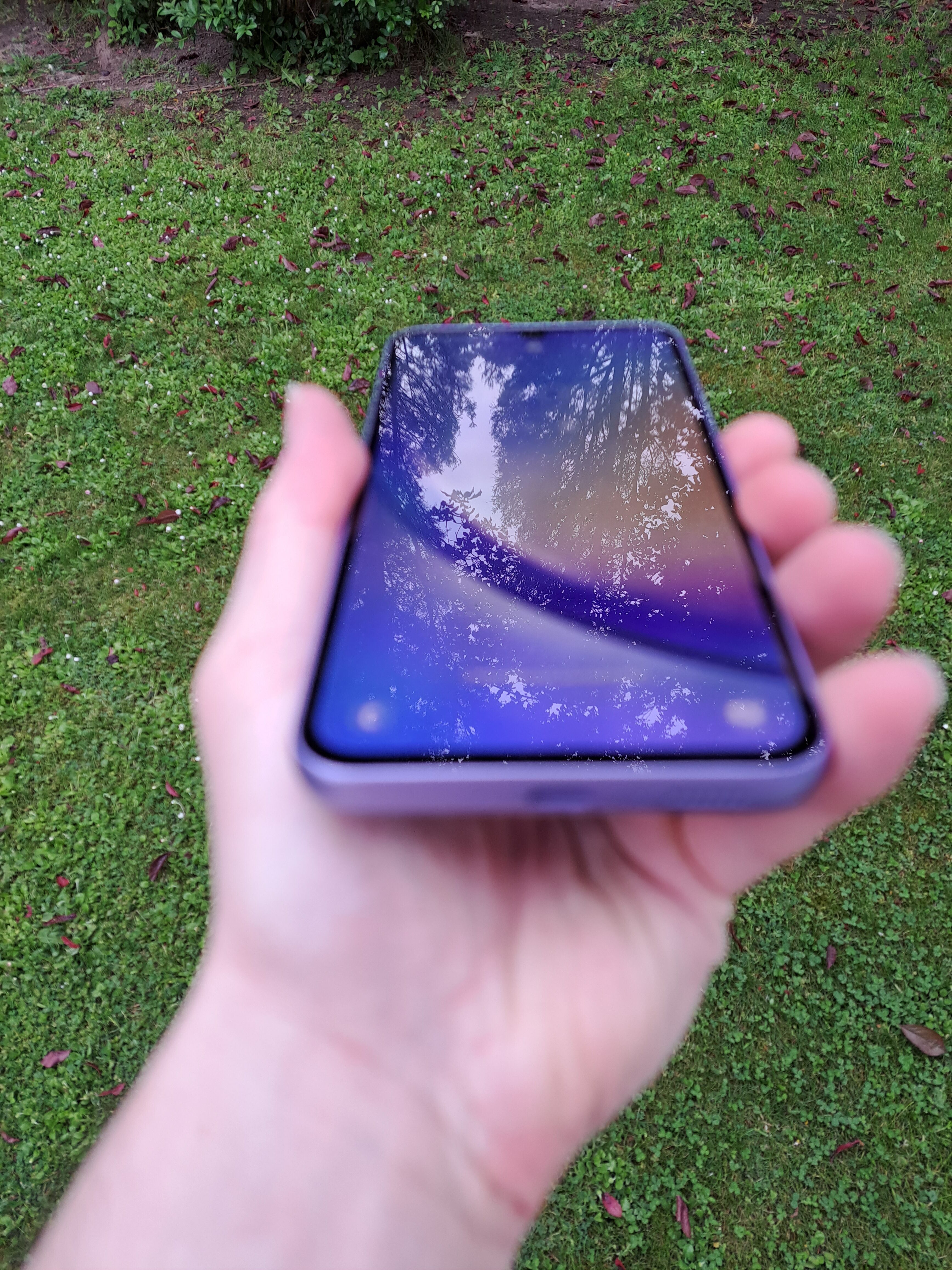
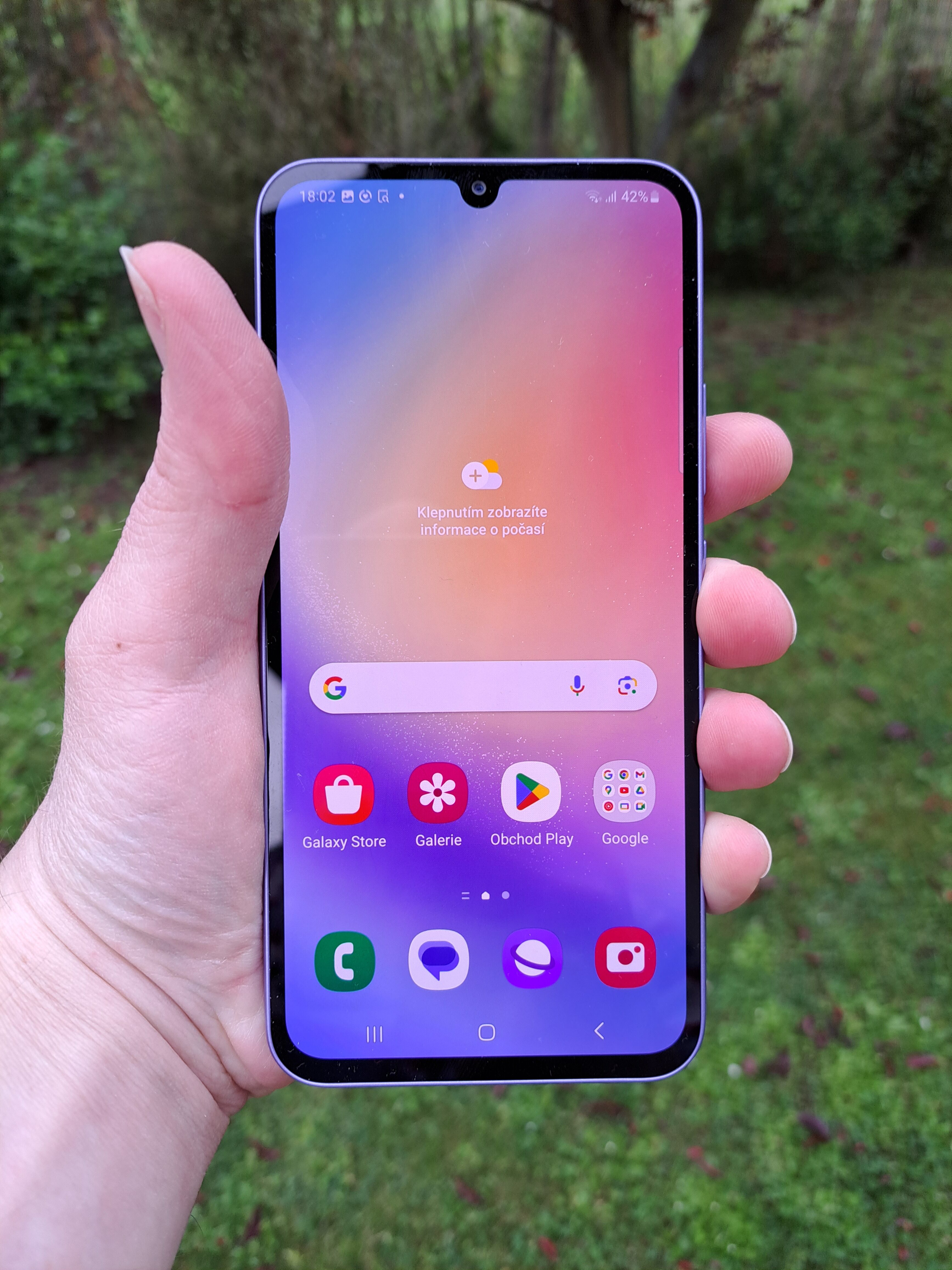
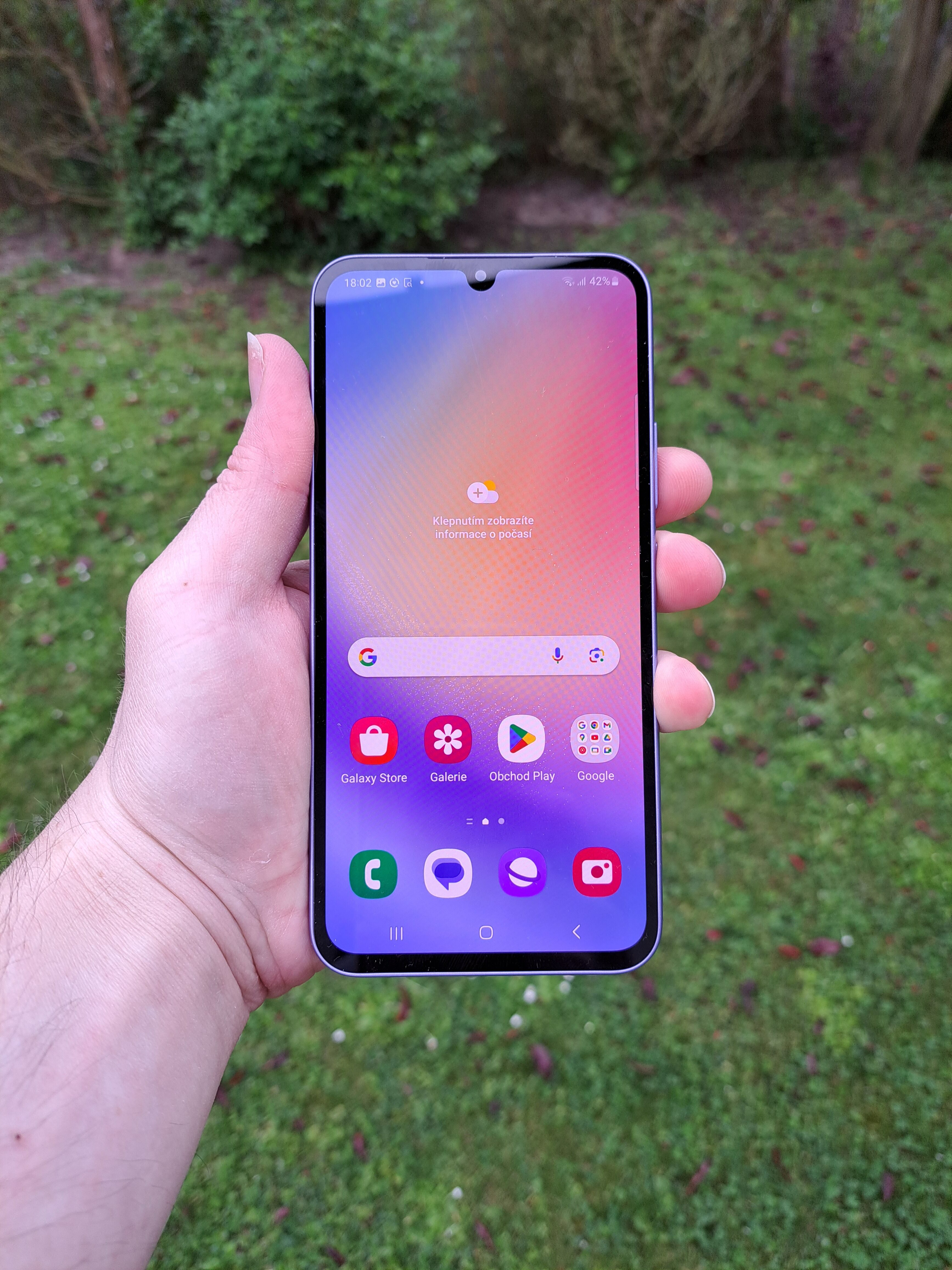
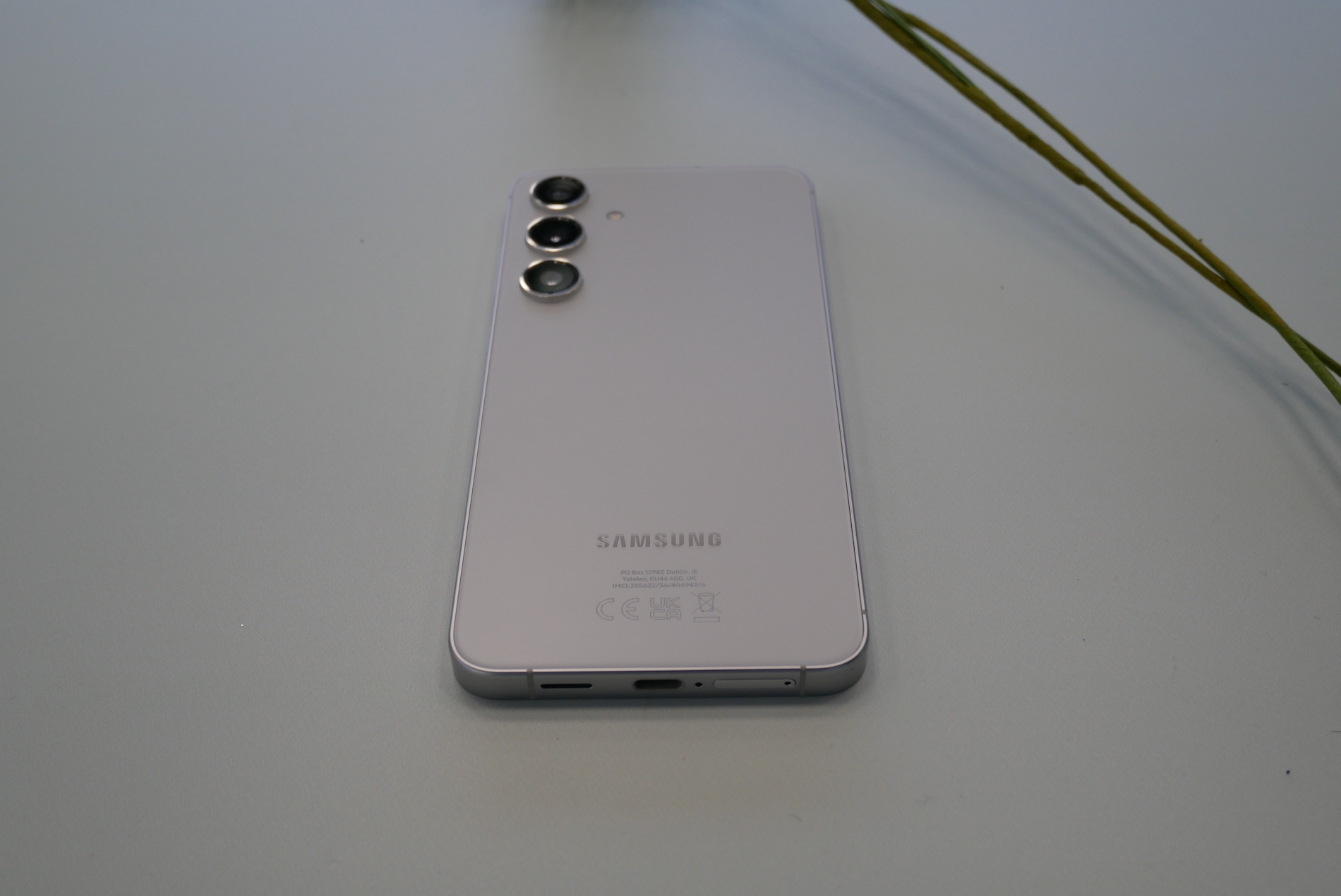

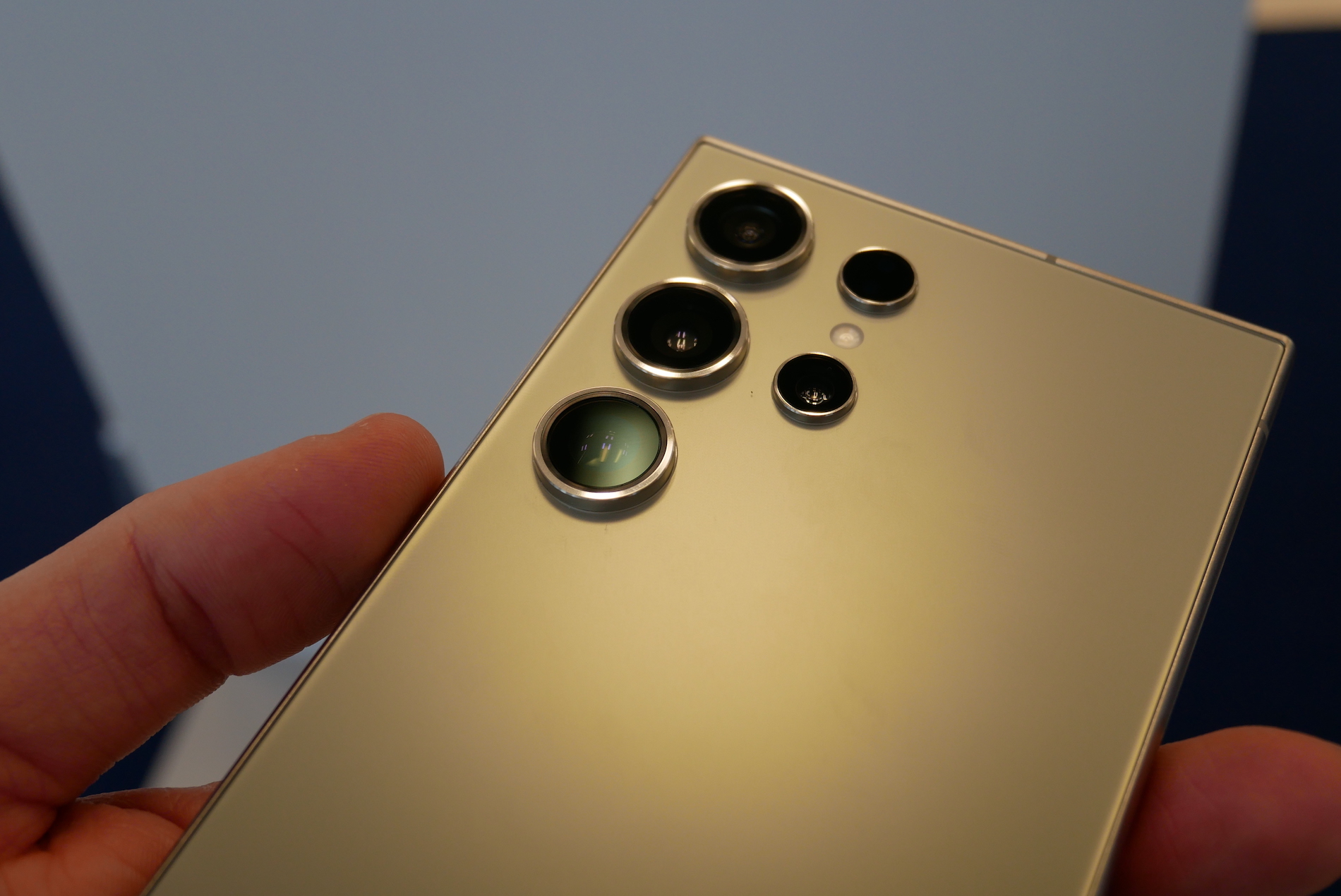
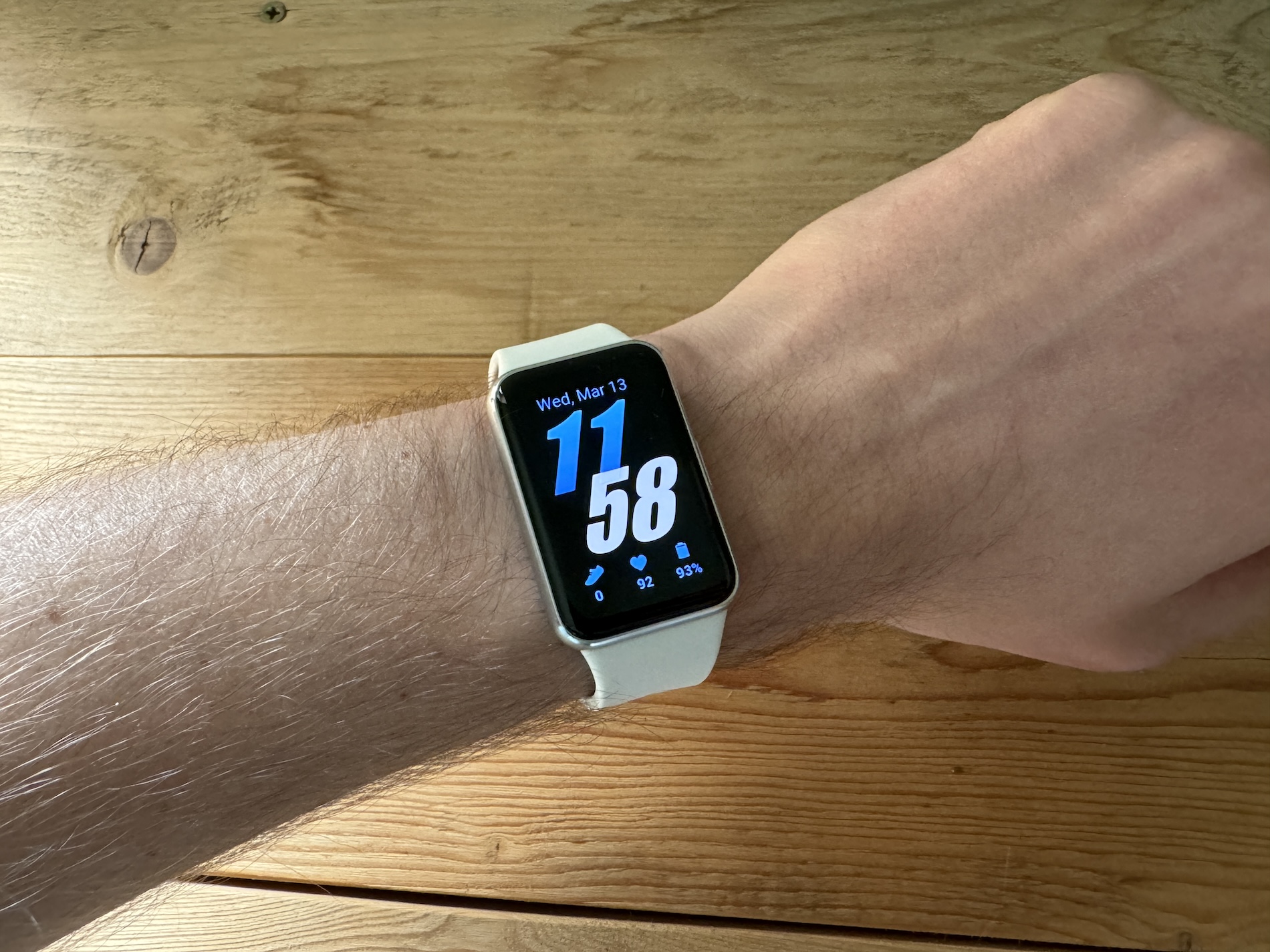
Hello, I have Samsung models, specifically the 51 53 5 g, I'm still looking for the 52 5 g